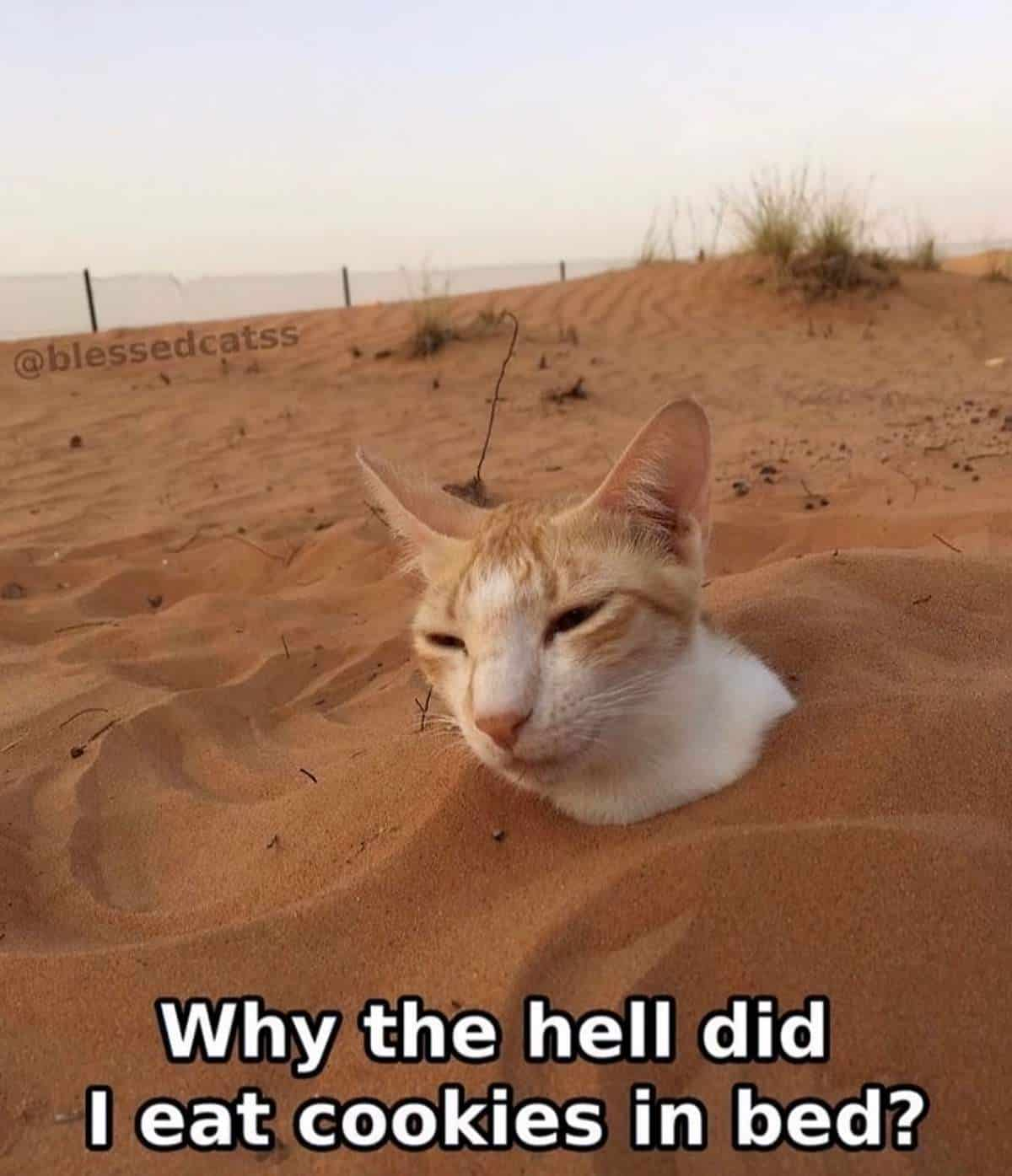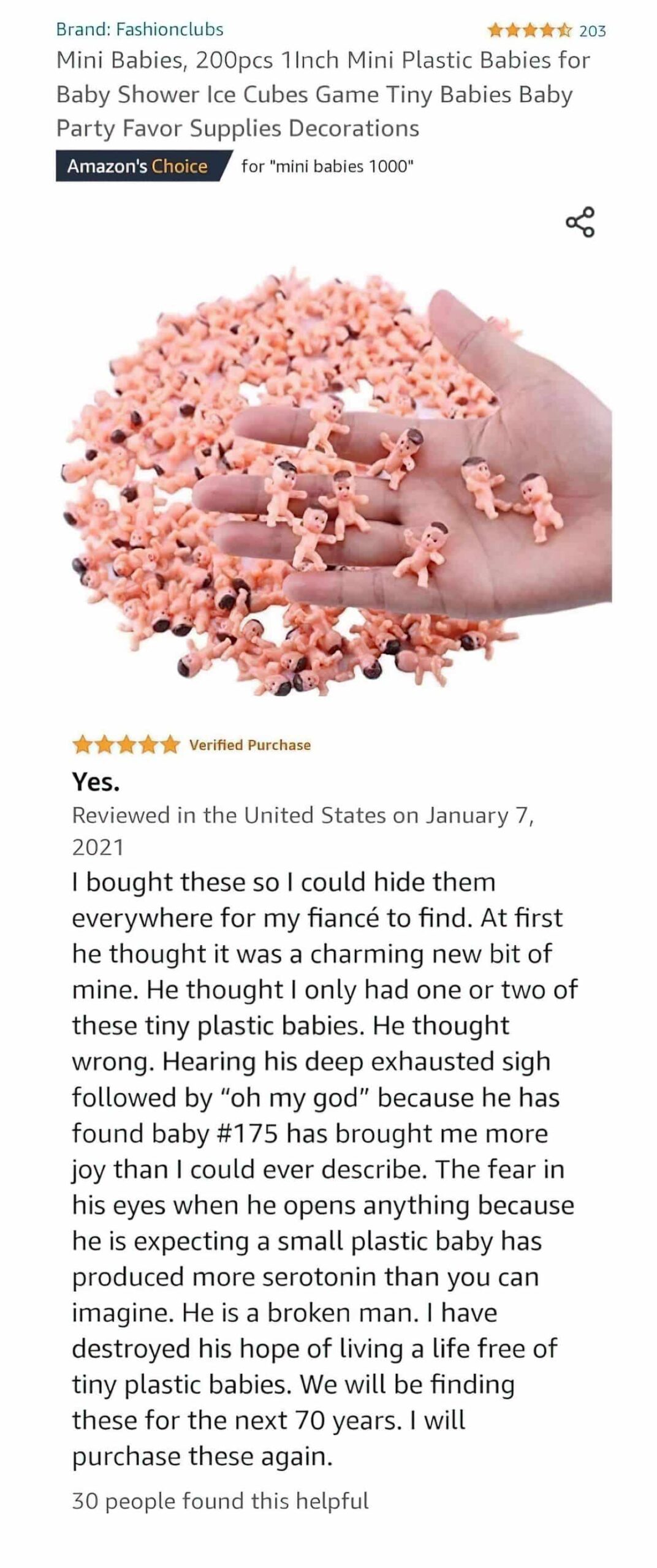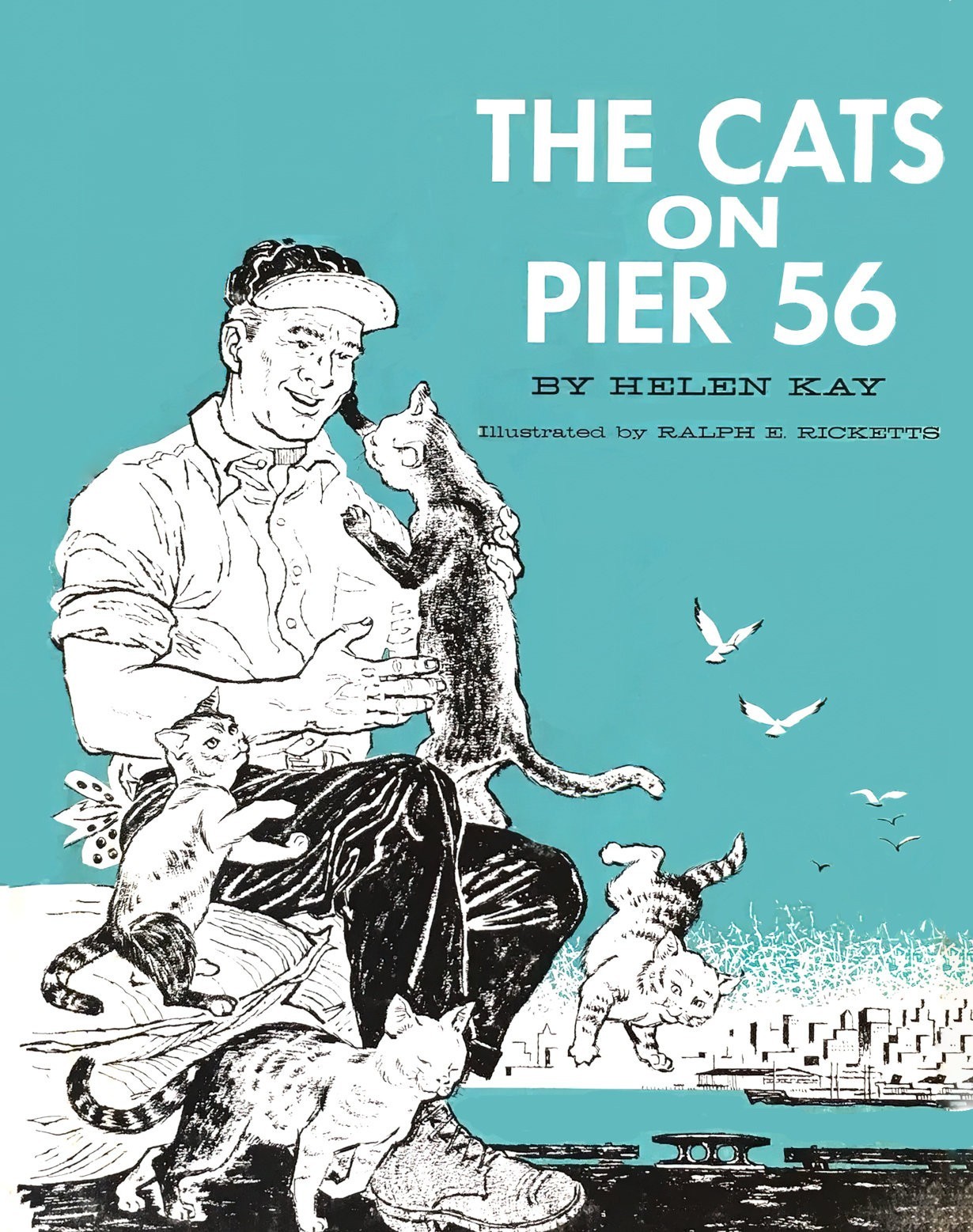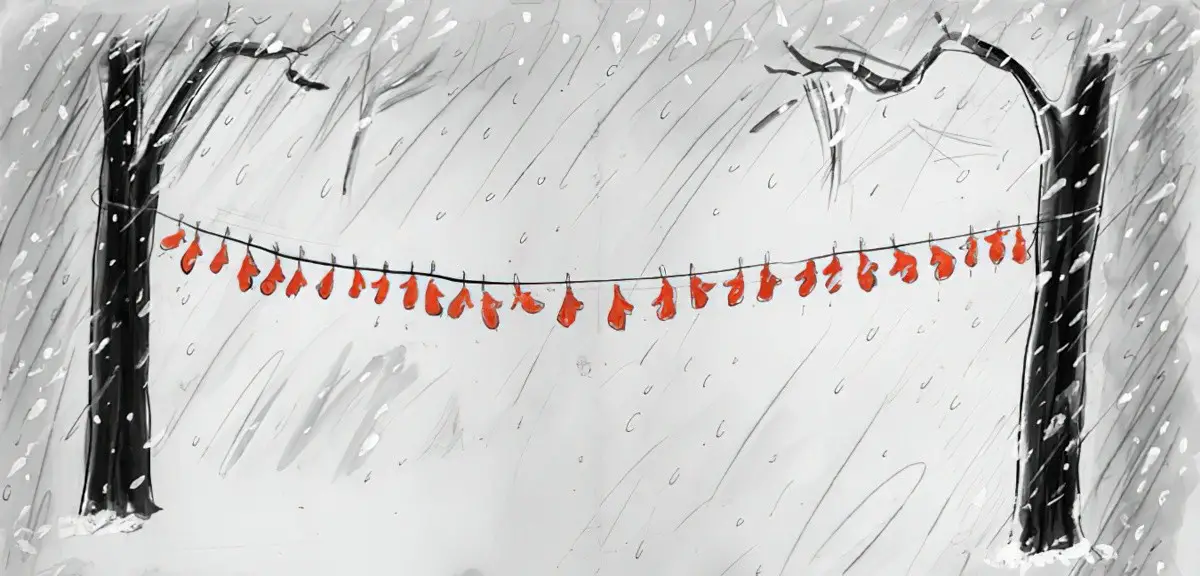
We love stories of excess. examples of excess and visual hyperbole can be seen all across children’s literature. Literally any item can be turned into a visual gag by creating a large number of it.
In the example below it is mittens.
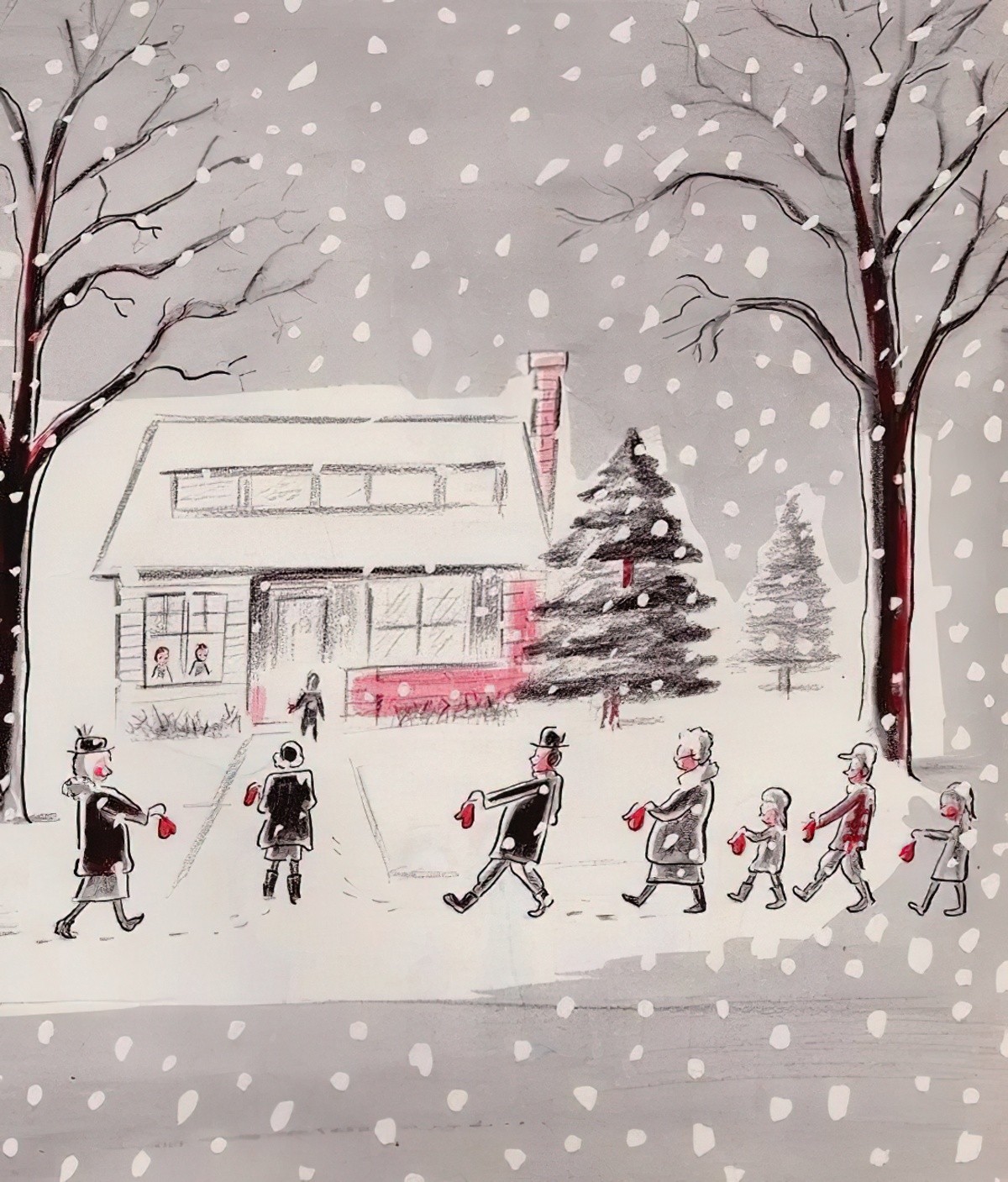
We never really grow out of our love for surprising excess. The media (for adult audiences) are equally fond of excess and hyperbole.
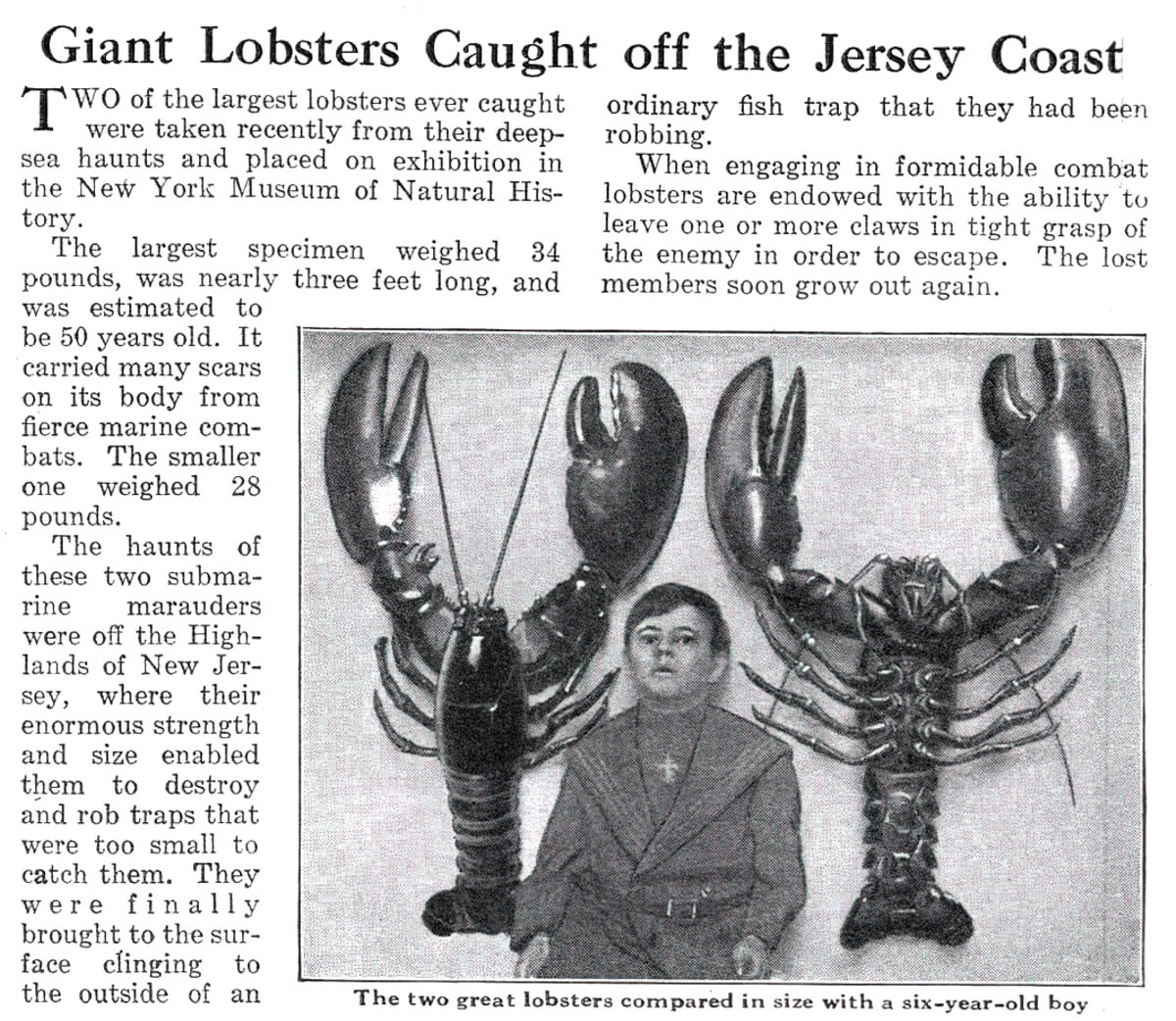
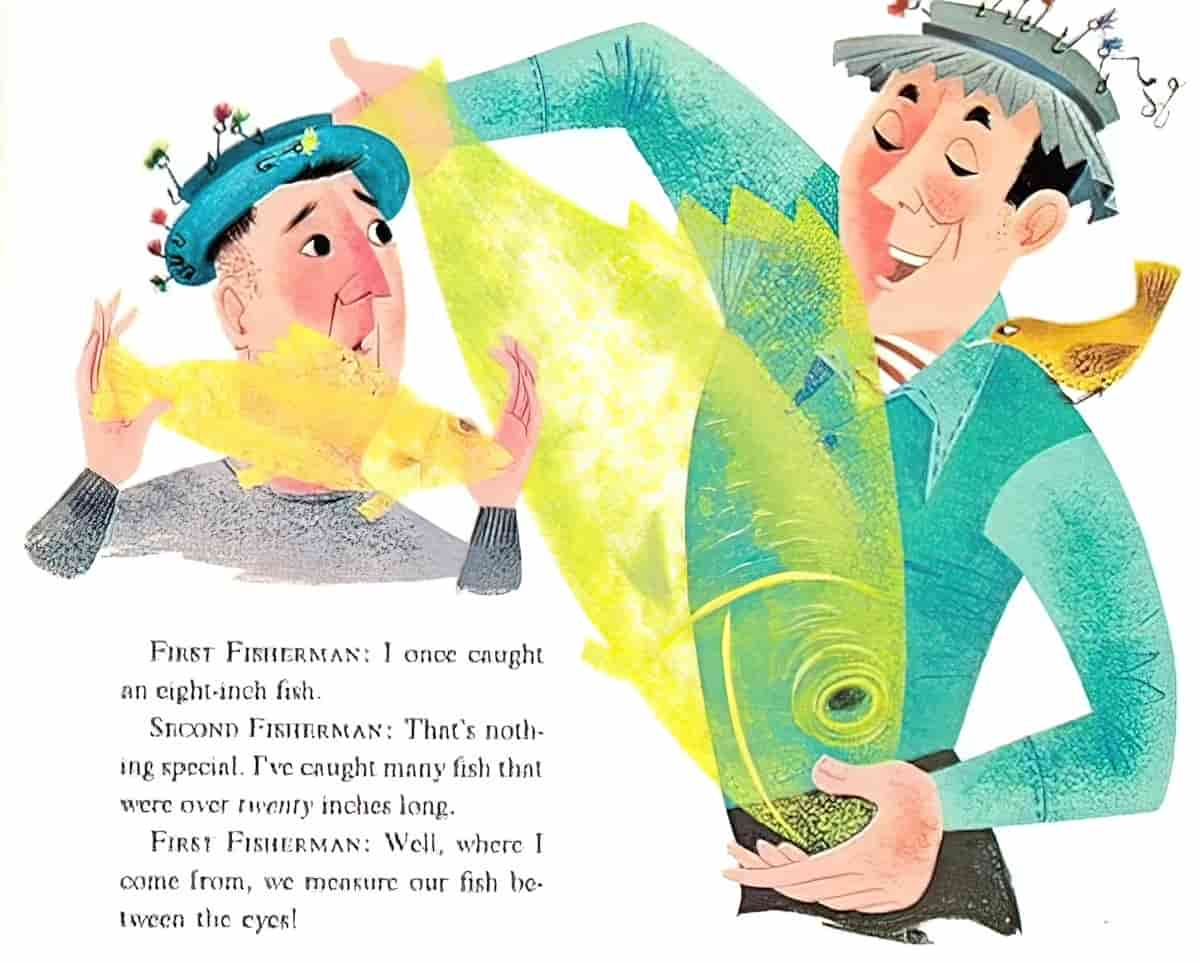
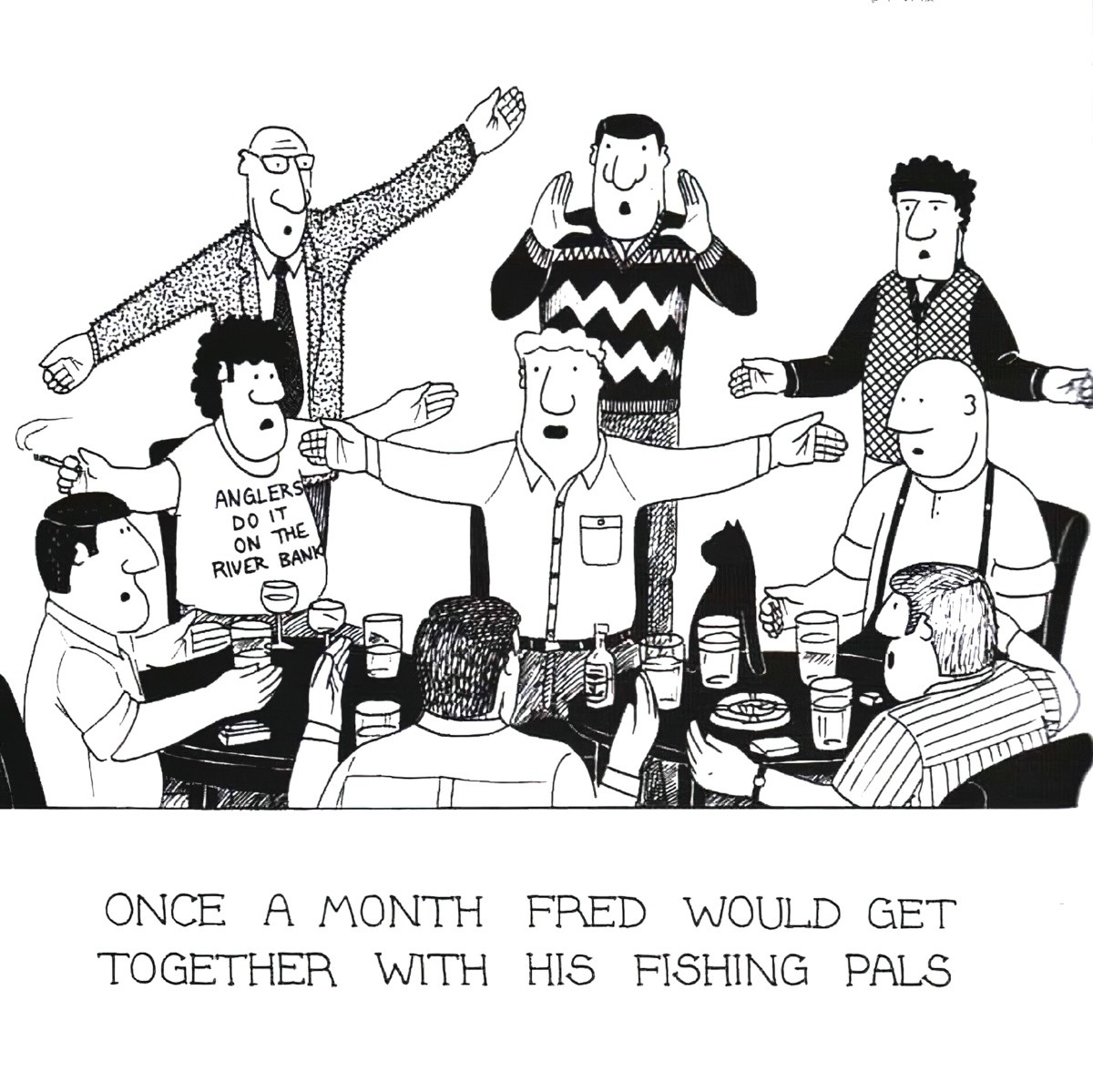
HYPERBOLE AND SYSTEMATIC INVENTIVE THINKING
Diary of a Wimpy Kid creator Jeff Kinney has said in interviews that he used to worry he’d run out of ideas for his hugely popular books. If you look at the Kirkus review of the first volume (from the distant past of 2007), you’ll see this was originally going to be a series of three. After making three he was ofcourse asked to make more. Kinney thought he’d probably have enough material from his own boyhood and the childhoods of his own kids to make it as far as ten. As of 2020, he’s up to number 15. Apparently, Kinney no longer worries about running out of ideas. He has learned to make use of an idea generation tool known as Systematic Inventive Thinking (SIT).
The SIT method utilises five ‘thinking tools’. You can find them listed and described on Wikipedia. In the tweet above, Kinney has demonstrated for us how he makes use of them when creating a scene in a story for kids: Subtraction, Multiplication, Division, Task Unification and Attribute Dependency.
Notice how the second tool is ‘Multiplication’:
Add to a product a component of the same type as an existing component. The added component should be changed in some way. The 2 keywords for this tool are: 1) more and 2) different. These represent the two stages for applying the tool: 1) add more copies of something that exists in the product and 2) change those copies according to some parameter.
Systematic Inventive Thinking
‘Multiplication’ is another way of saying ‘make use of hyperbole and excess’. The SIT method was developed in the 1970s and 80s, but children’s book creators have been making use of these tools for a very long time, without having a name to describe it.
HYPERBOLE AND MEMORY
People who compete in memory championships will tell you that one good way of remembering something is to creat a memory hook involving an item of excessive size. Human memory is naturally good at storing spatial locations, which is why memory champs will often make a ‘memory palace’ and walk through this palace imaginatively to retrieve items they have stored in certain places.
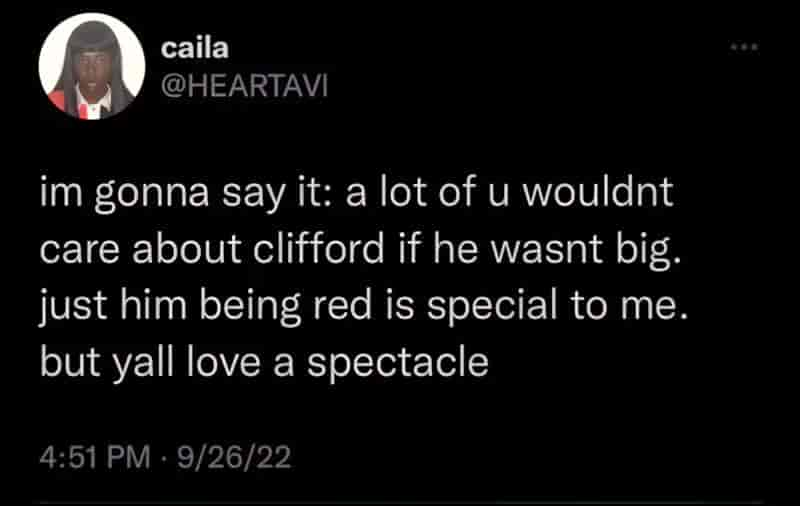
HYPERBOLE AND DREAM STATES
Surrealist artists make much use of skewed sizes. Australian artist Shaun Tan is a standout example.
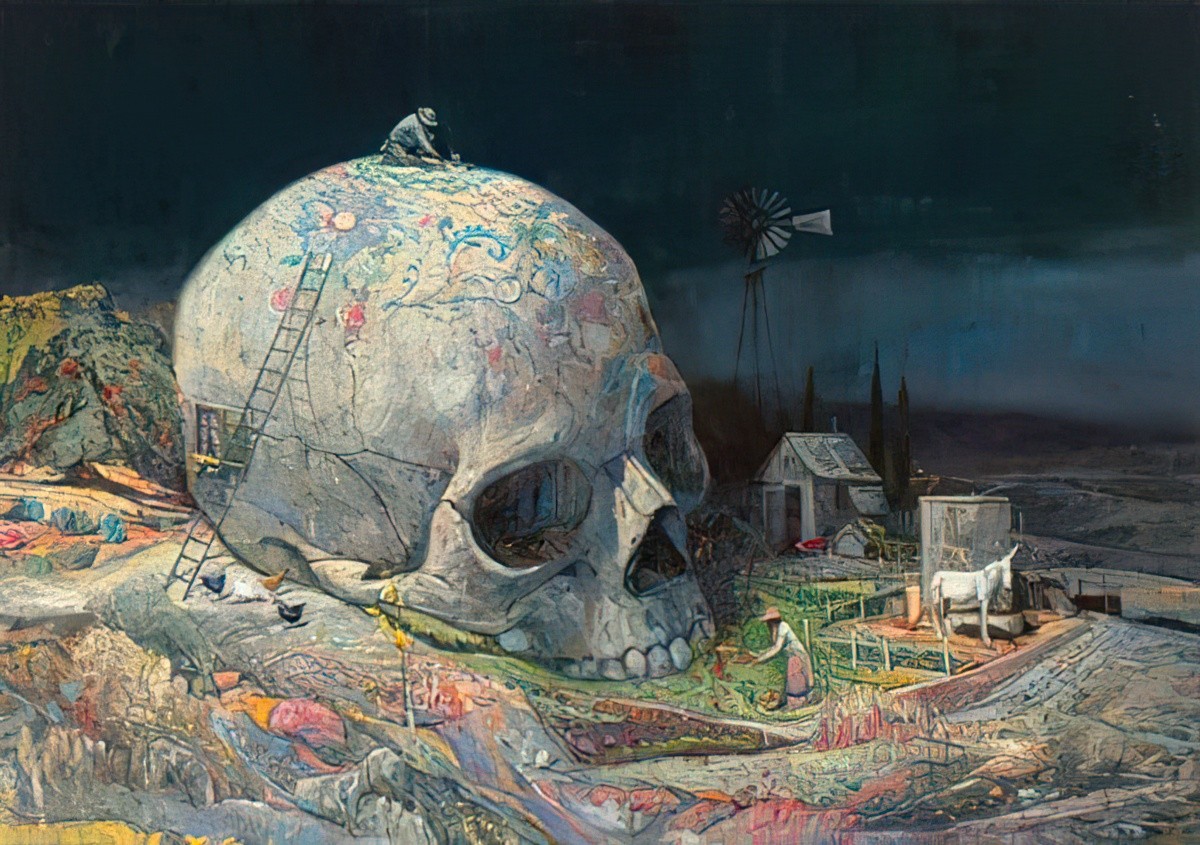
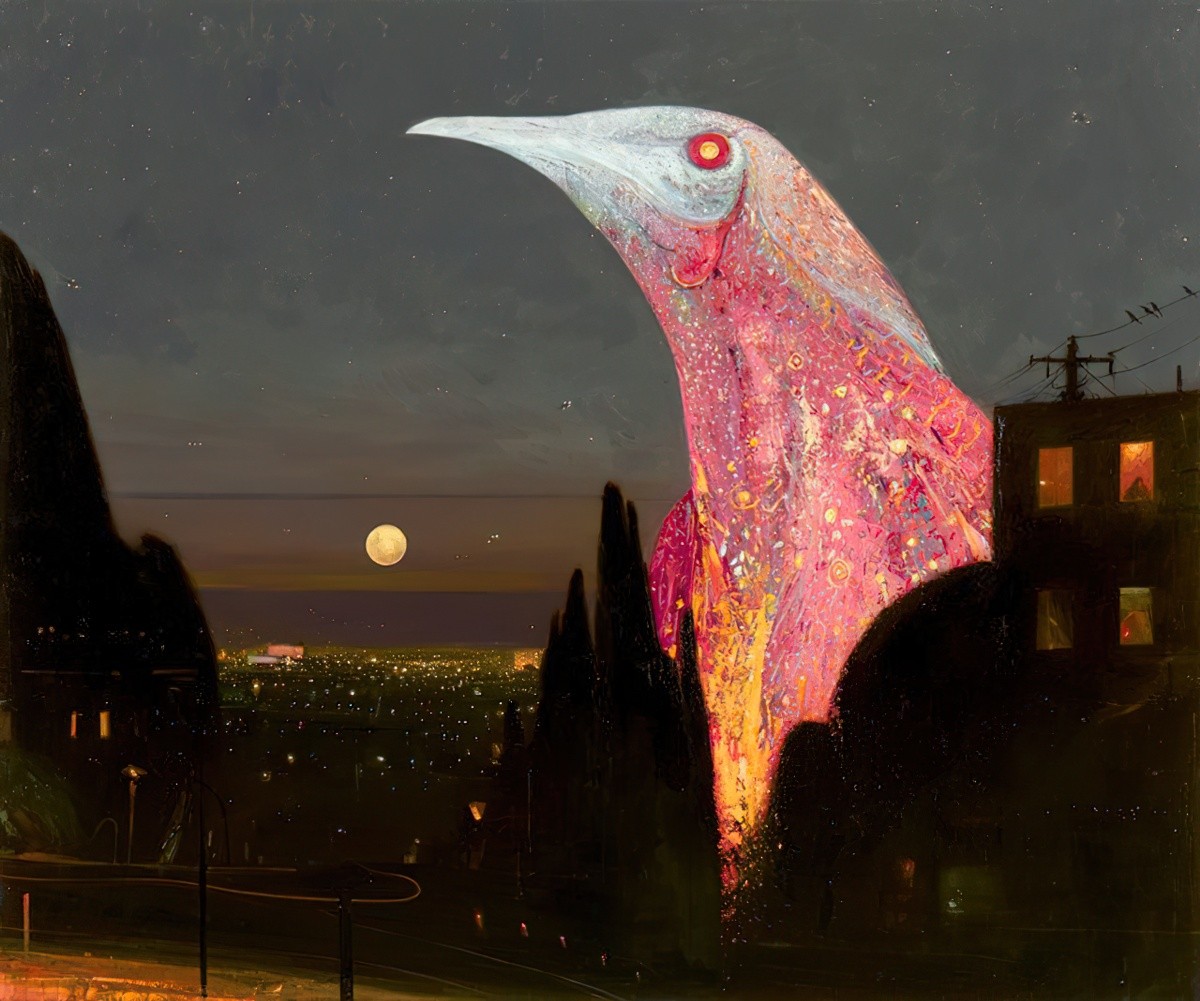
In March 2020, when a massive ship got stuck in the Suez Canal, costing millions per day, the photos of dislodging efforts quickly became memes.

If we are especially good with spatial memory, it makes perfect sense that an oversized sandwich, or many mittens, or a sea of cats will jump out at us as unusual. Perhaps some of your own memories involve some kind of excess. A visit to The Grand Canyon? (Bungee) jumping off a particularly high place? Speaking in front of a crowd? Getting lost in a large forest?
EXCESS AND FOOD
Fairytales can function as wish fulfilment as well as horripilating fun and as cautionary tales. The Sweet Porridge category of fairytale indulges a fantasy of enjoying enough food in time of famine.
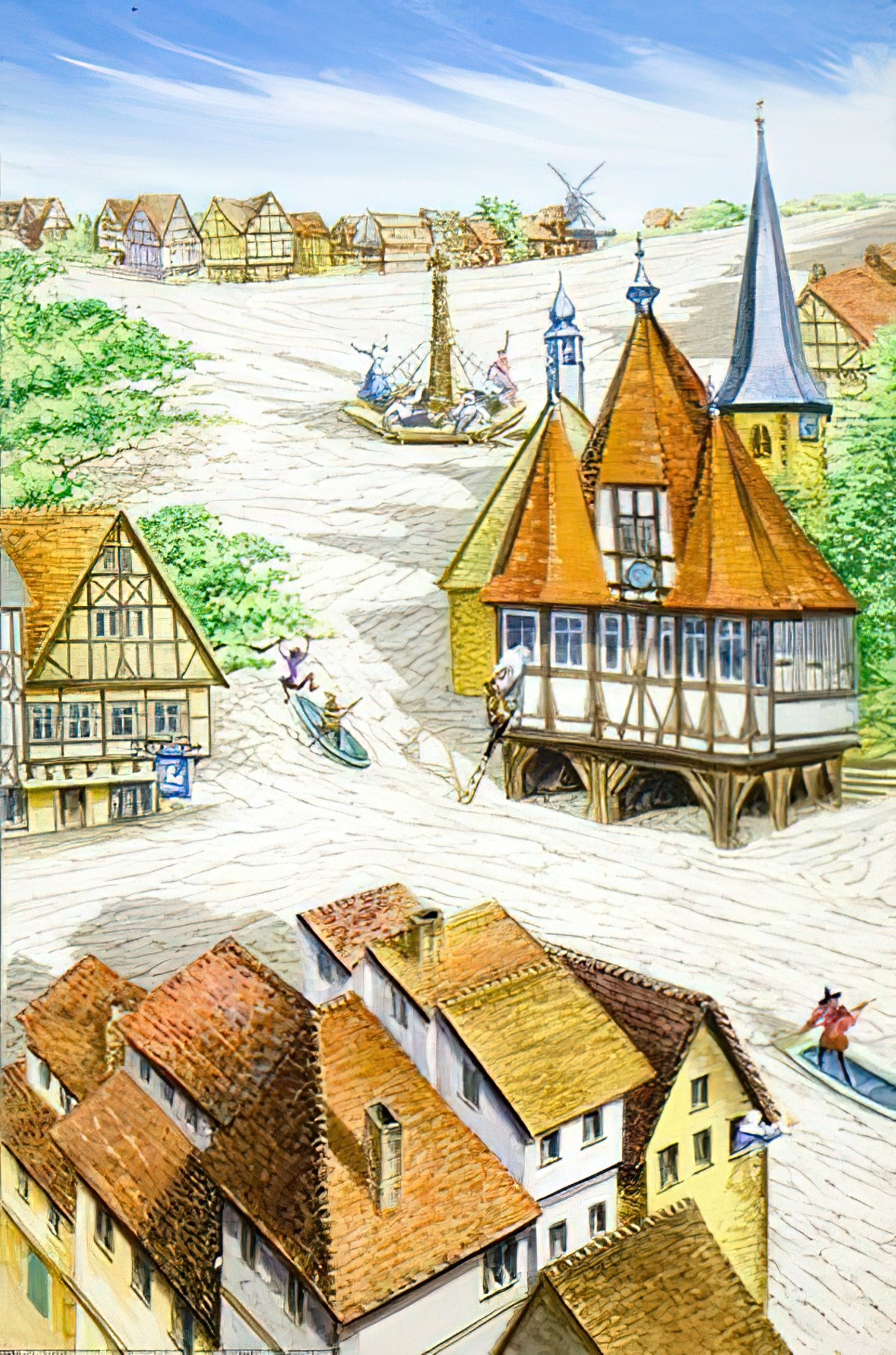
Perhaps the famished fairytale tellers of earlier times didn’t have the imagination to think of anything more than a never-ending supply of porridge. Stories of excessive food are popular in any era. The Giant Jam Sandwich and The Biggest Sandwich Ever are very similar plots. Both were popular when I was growing up.
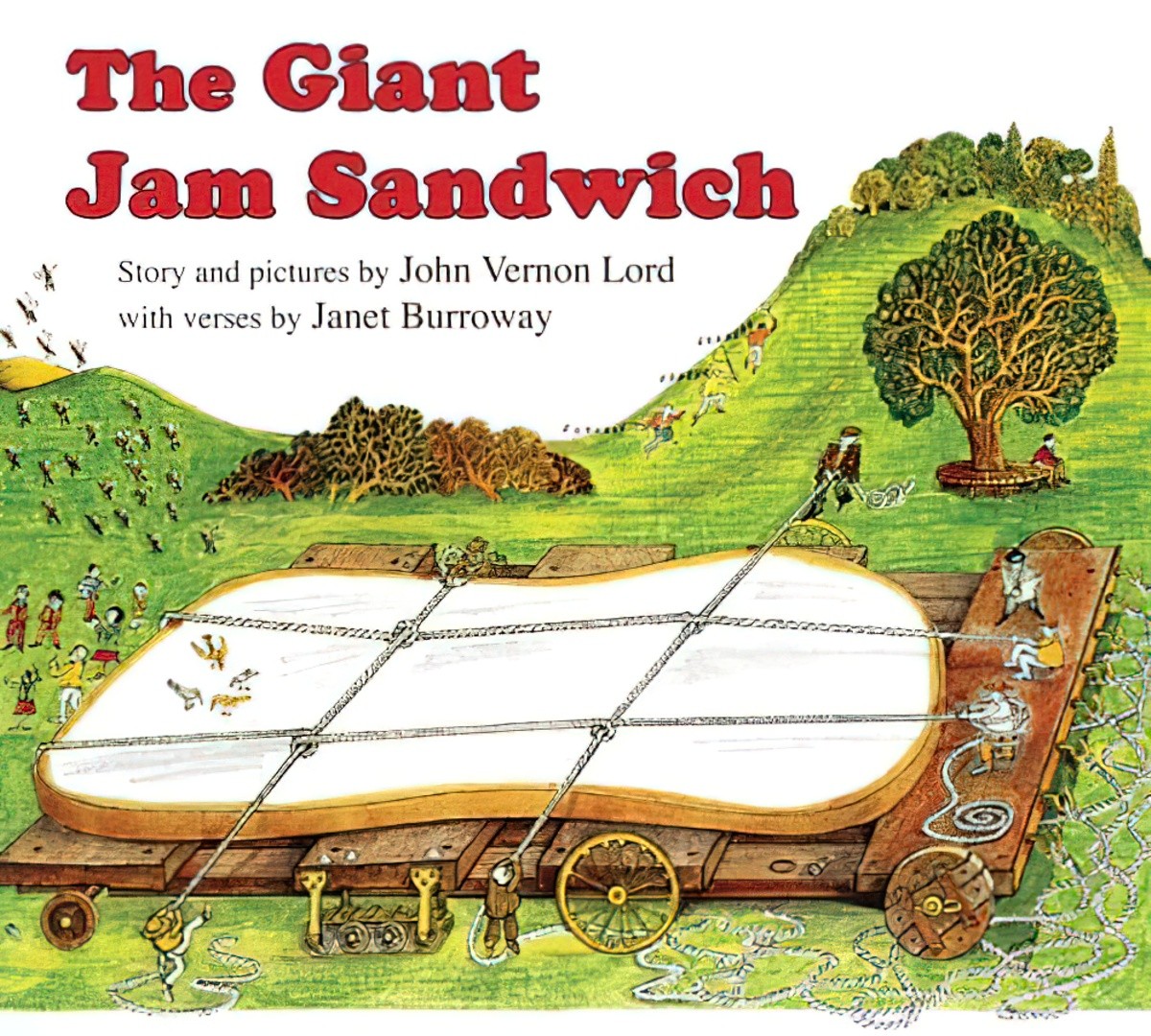
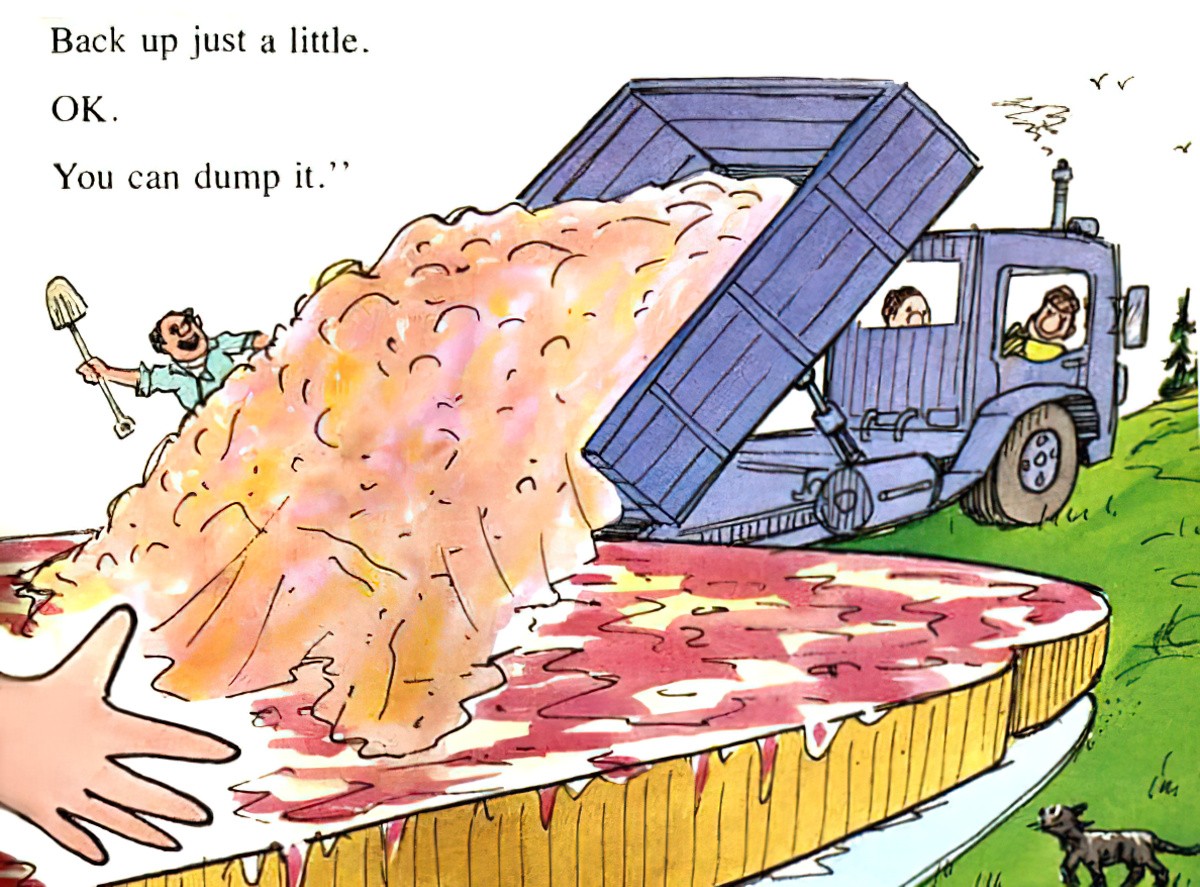
Food is especially important in children’s stories. Some people even say that in stories for children, food equates to sex.
The feast is especially important in children’s stories and what is a feast if not a wonderful excess of food?
EXCESS AND ANIMALS
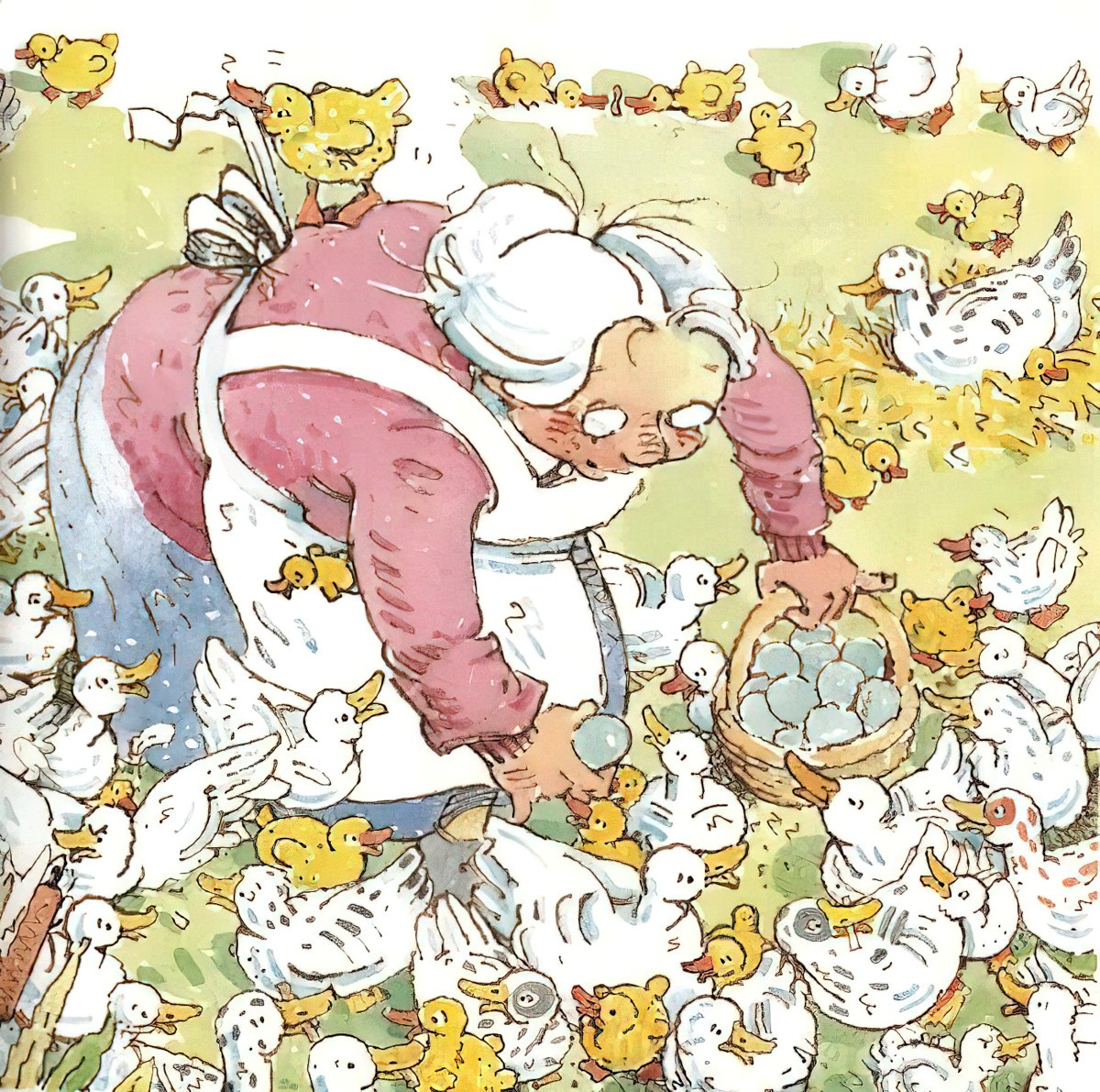
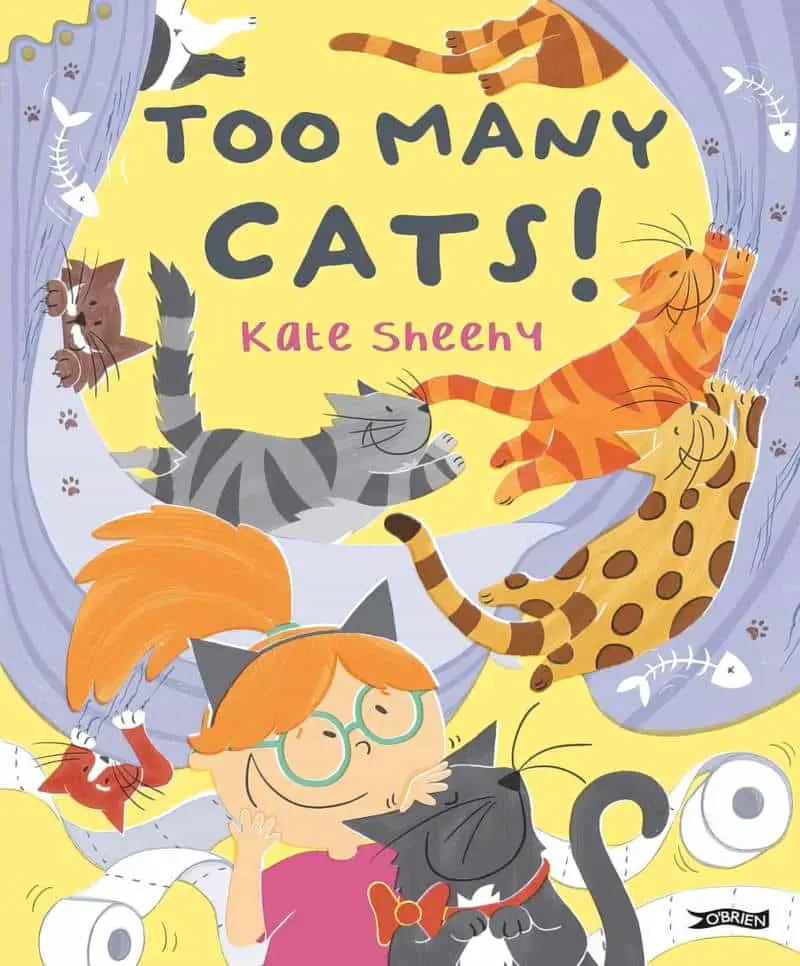
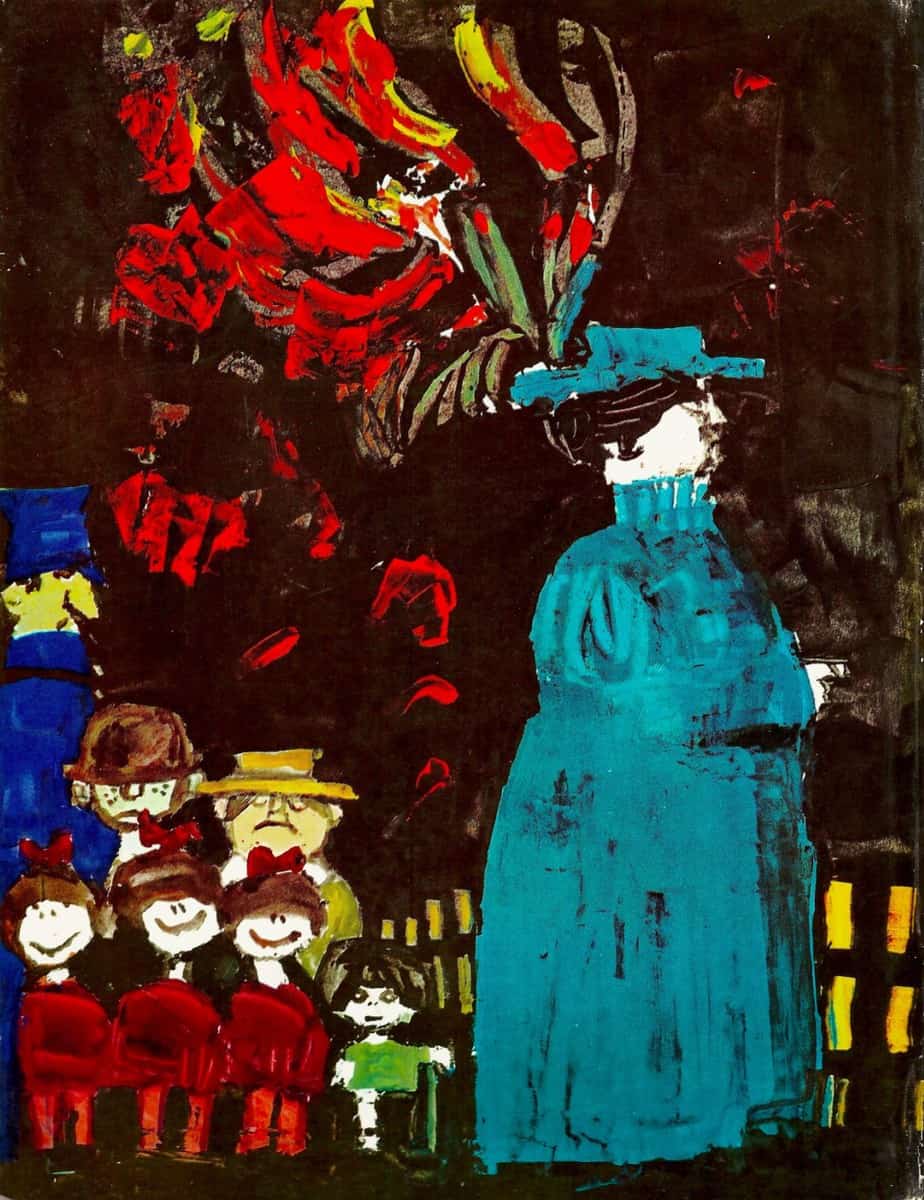
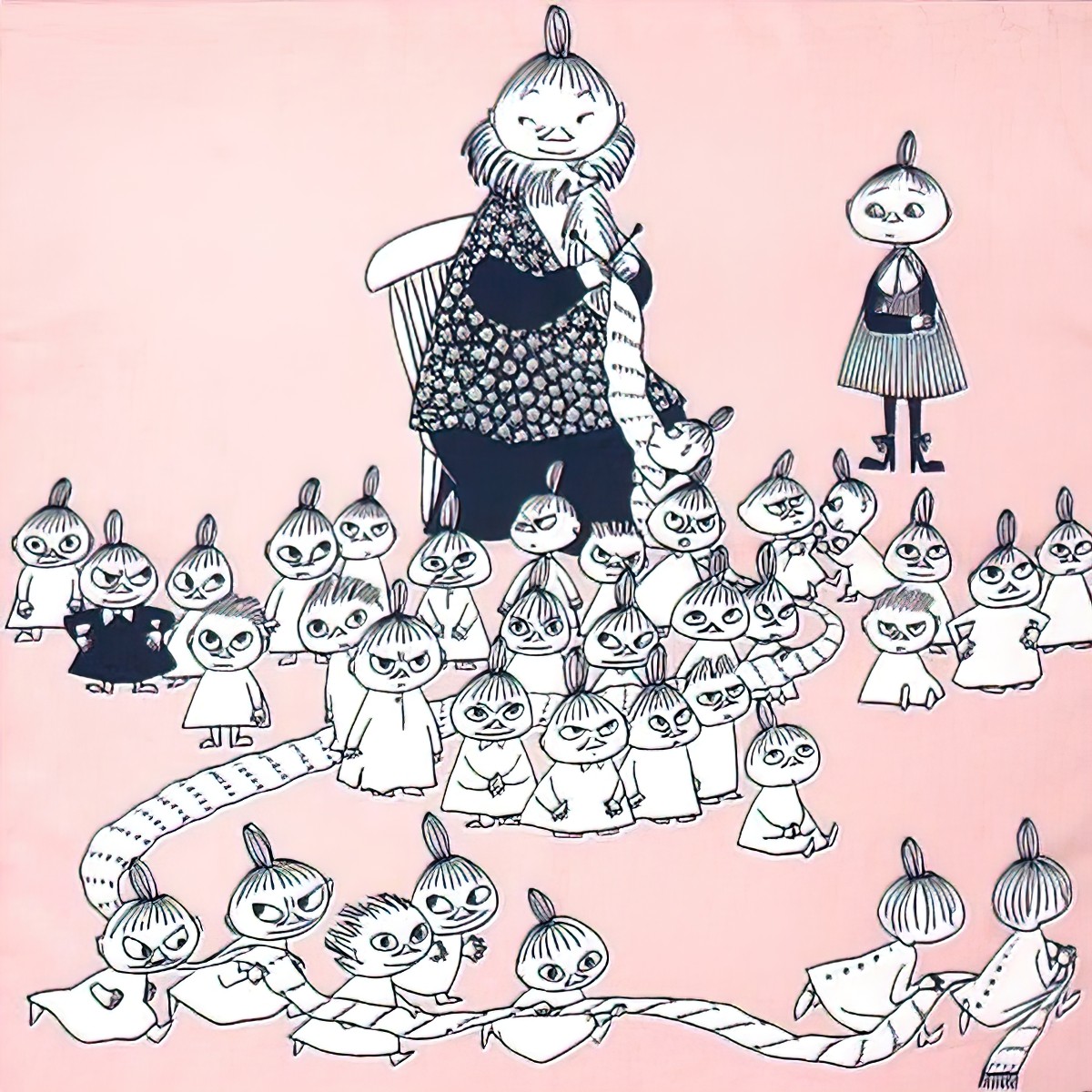
PESTILENCE
One animal: good. Many animals: bad.
Birds of the Bible are a good example of how the associations of a creature change depending on how many of them there are. One bird: Good. Many birds: pestilence.
Bats are basically rats with wings. Cute as bats may be, humans have good reason to keep away from them. They are important reservoir hosts of emerging viruses.
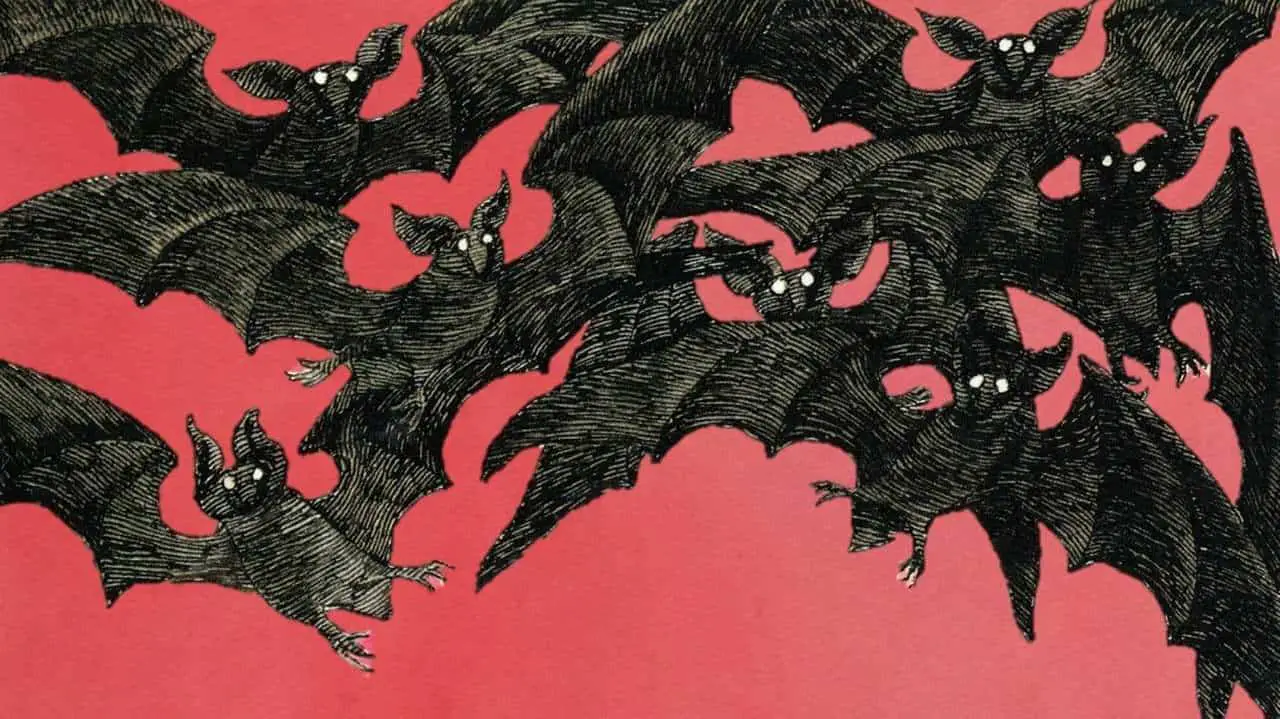
Over the centuries, rats have proved especially problematic for humans. See: “The Legend of the Pied Piper“. Even illustrations of rodent swarms can induce the heeby-jeebies.
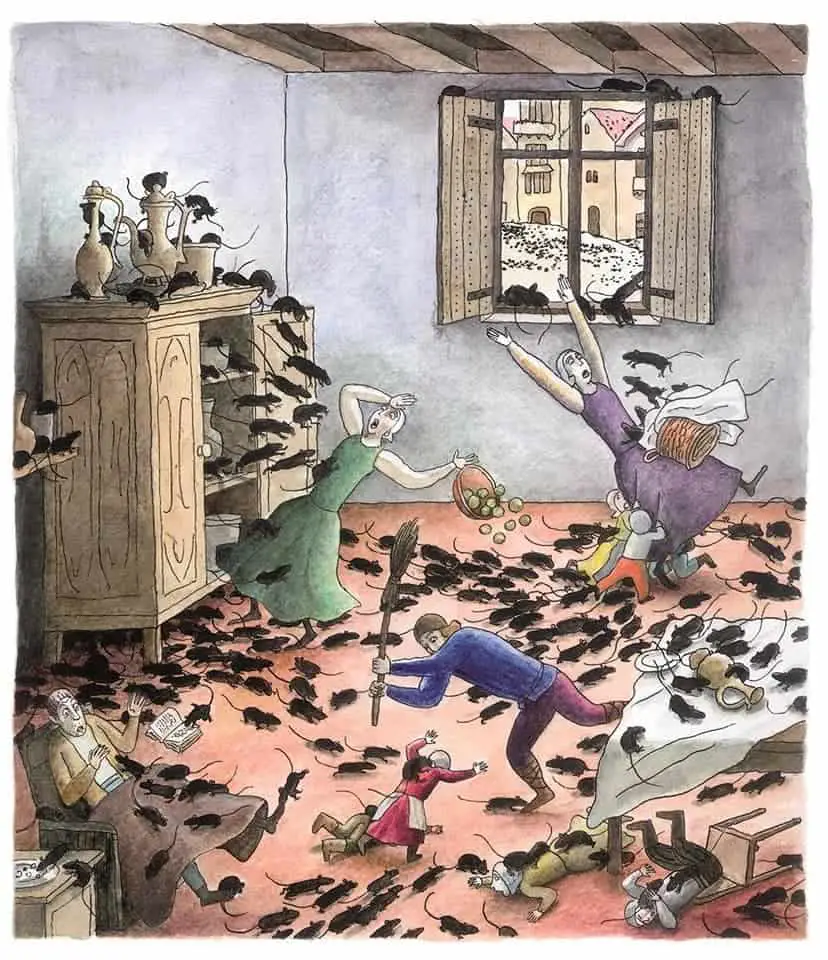
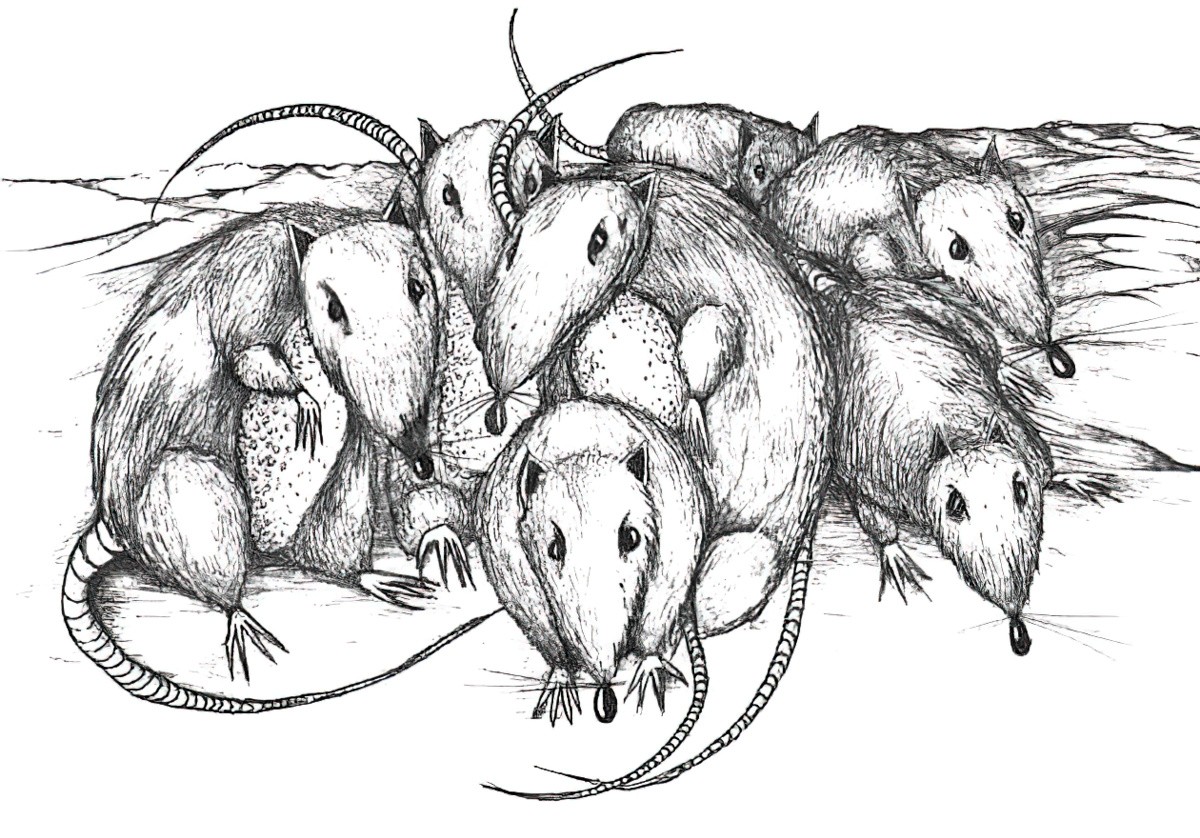
H.P. Lovecraft utilised the writhing mass of rodents for his well-known short horror story “Rats In The Walls“. Later, Neil Gaiman utilised a similar trope in his picture book Wolves In The Walls.
Cats seem to work in a similar way. One cat: Pet. Many cats: Problem.
Children’s stories utilise cats in all the different ways. Millions of cats can be great (more of a nice thing is good, right?) but there’s a cut-off.
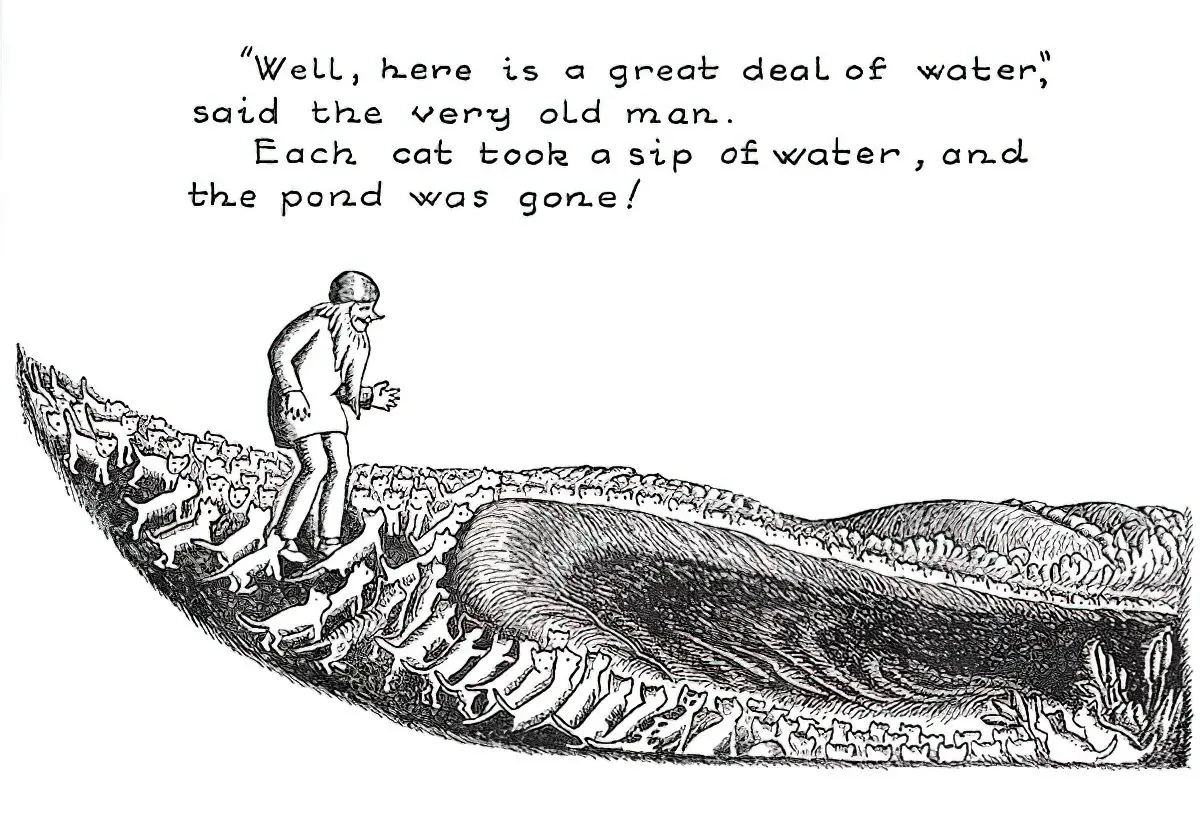
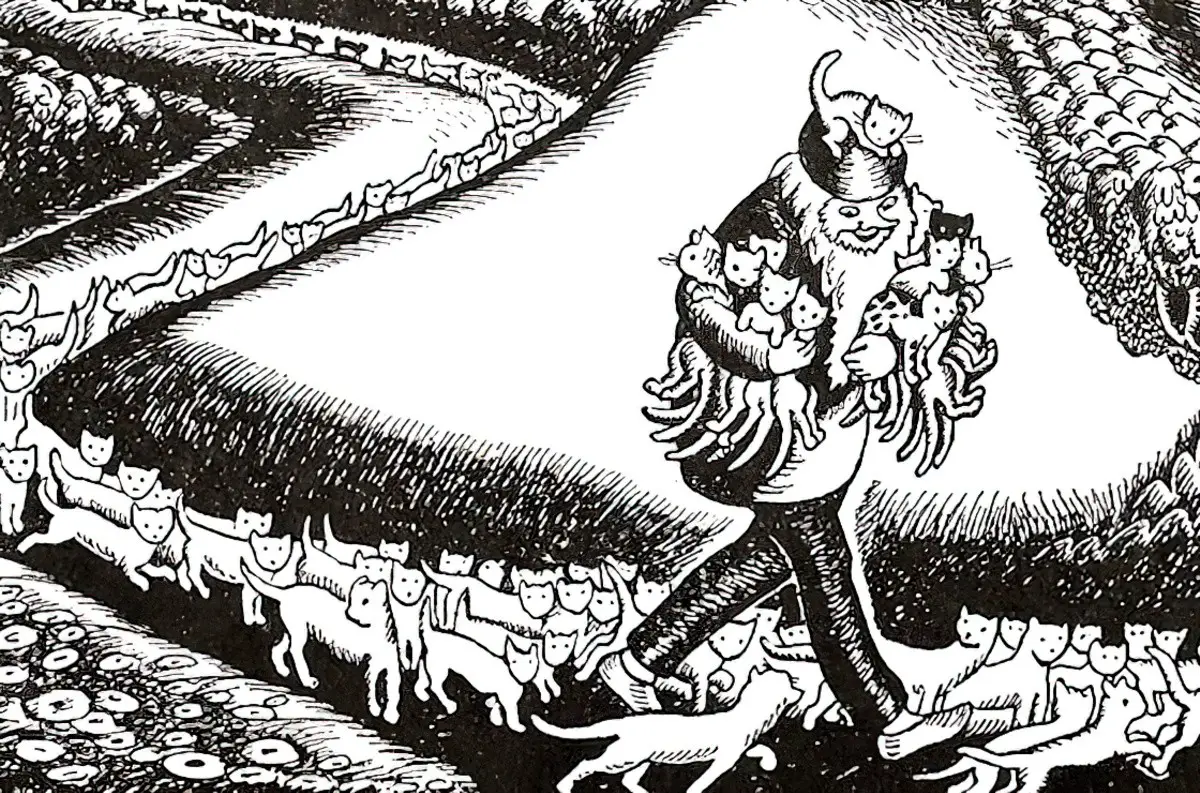
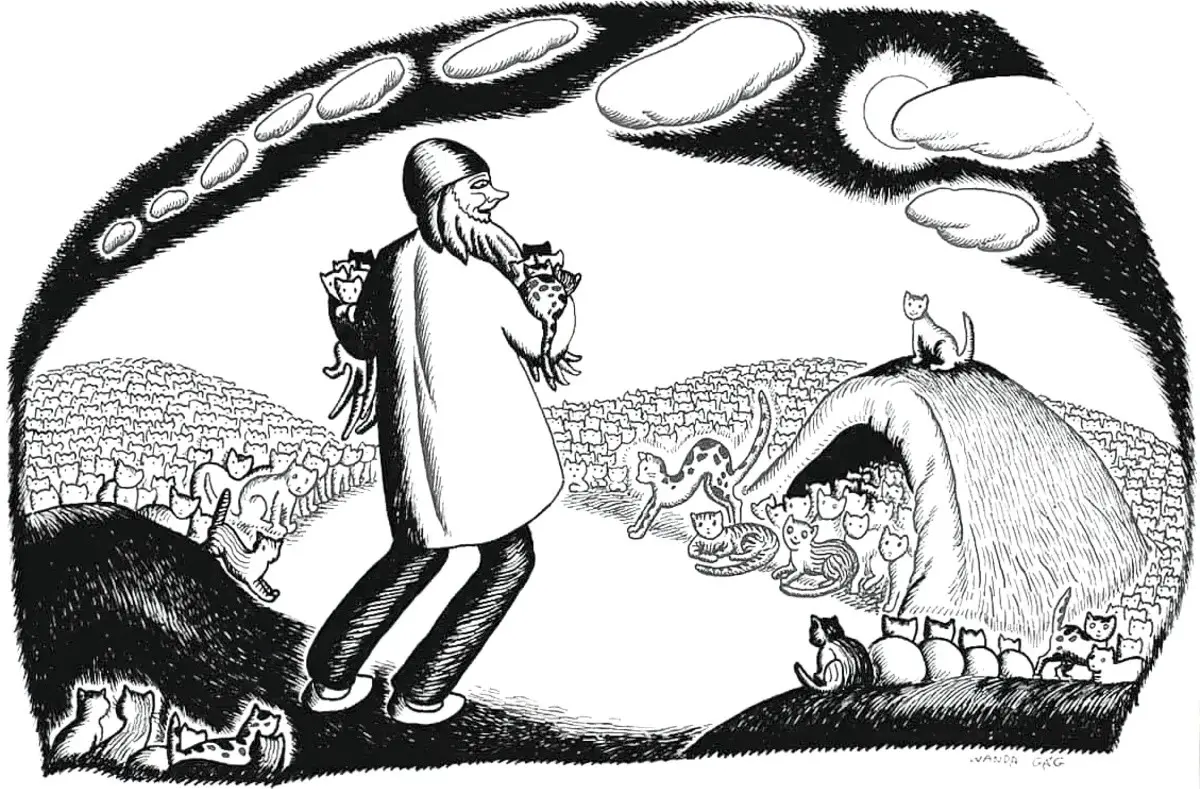
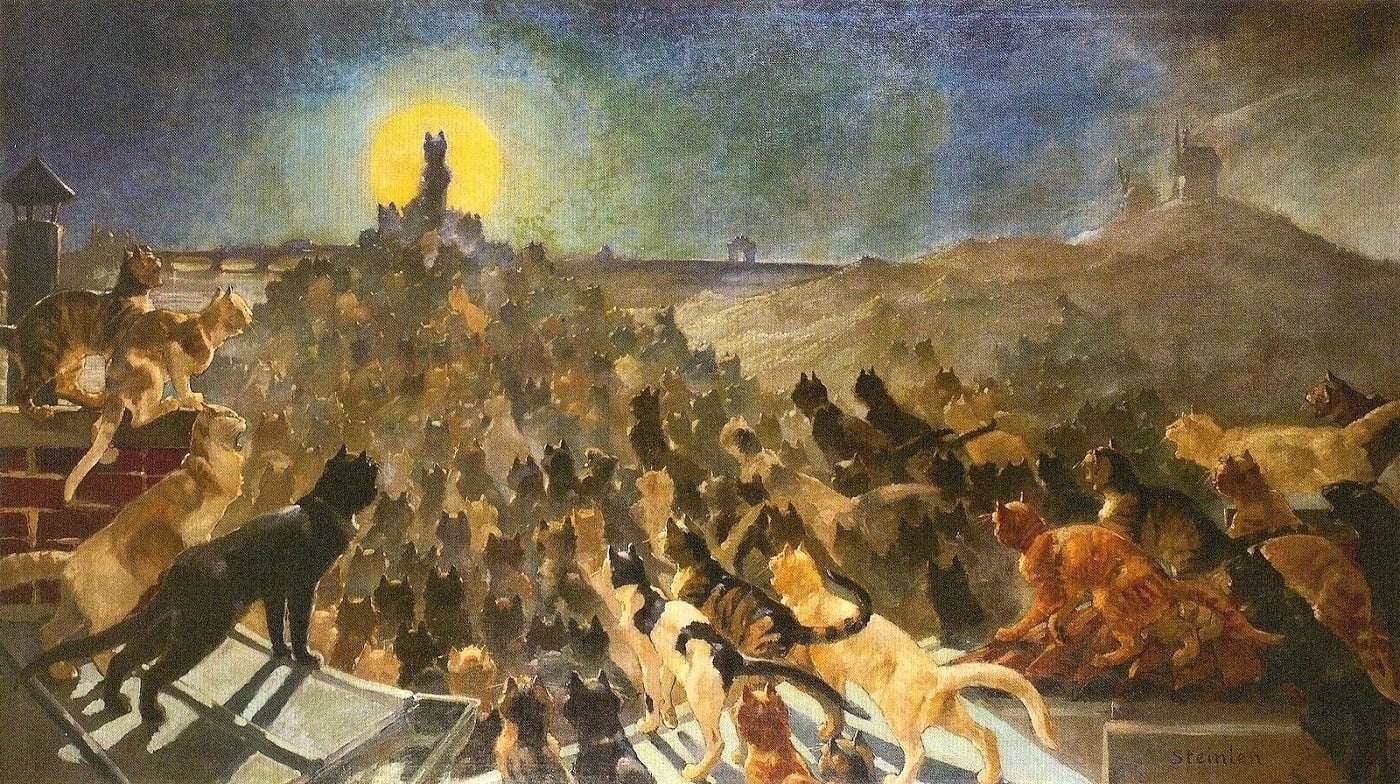
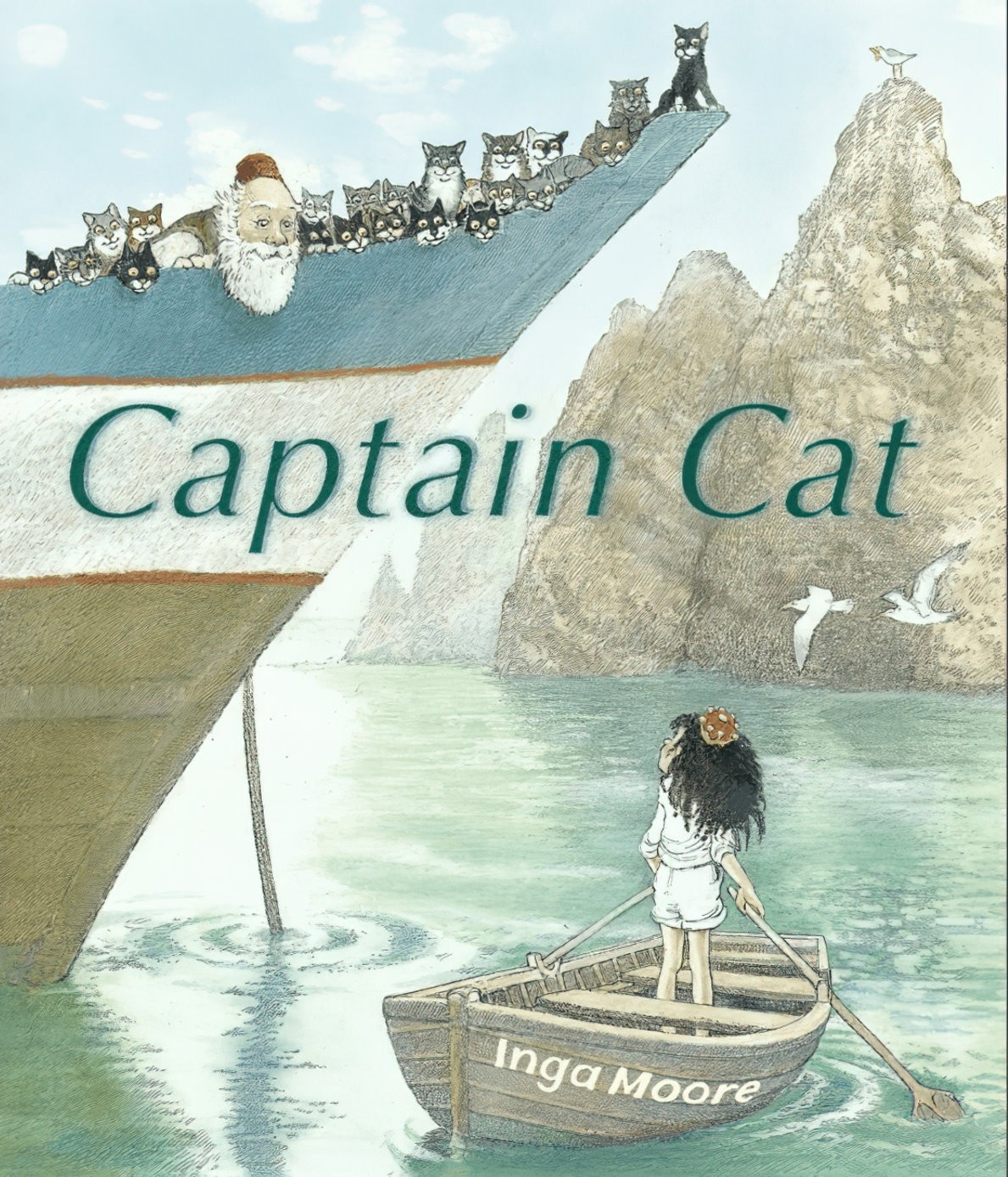
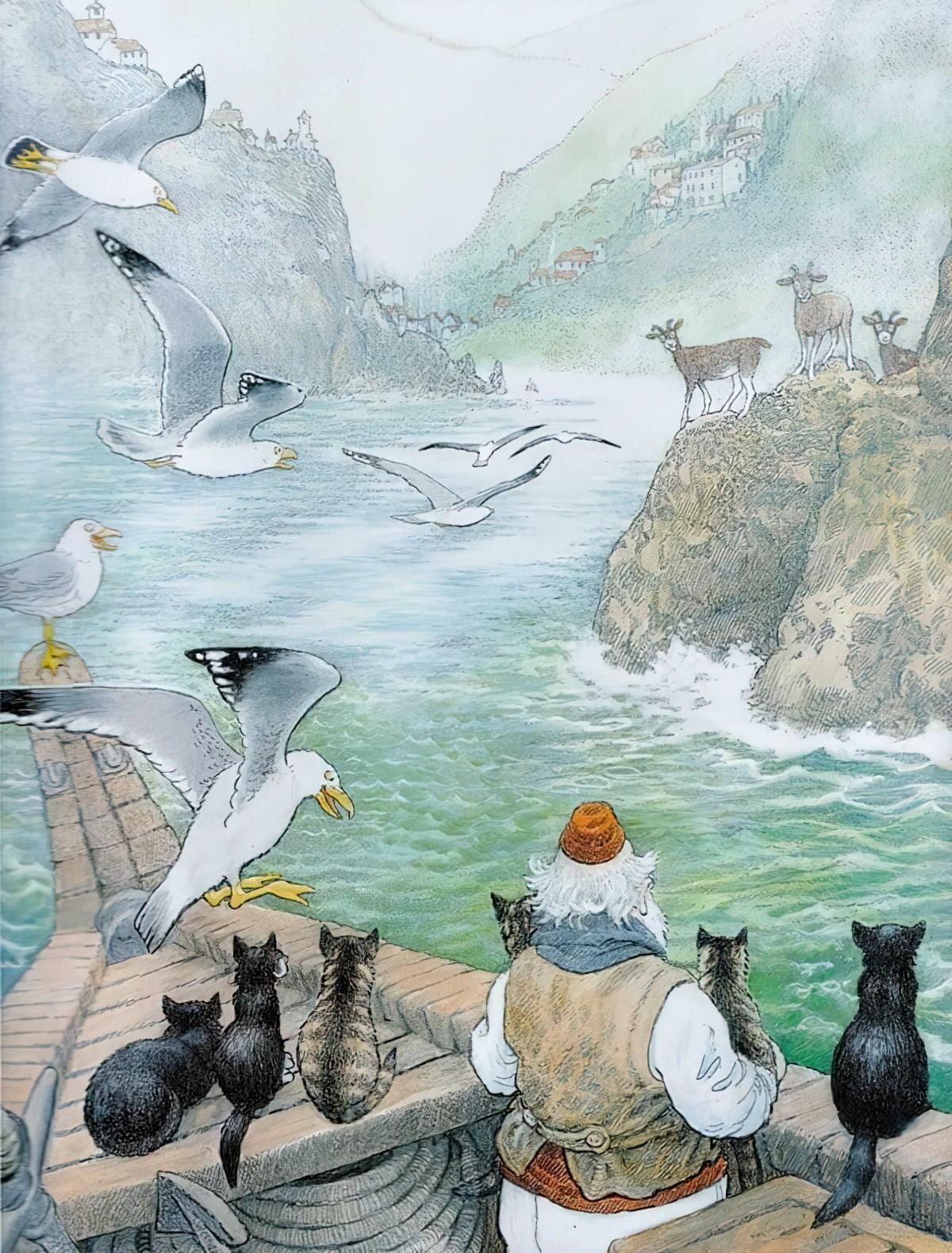
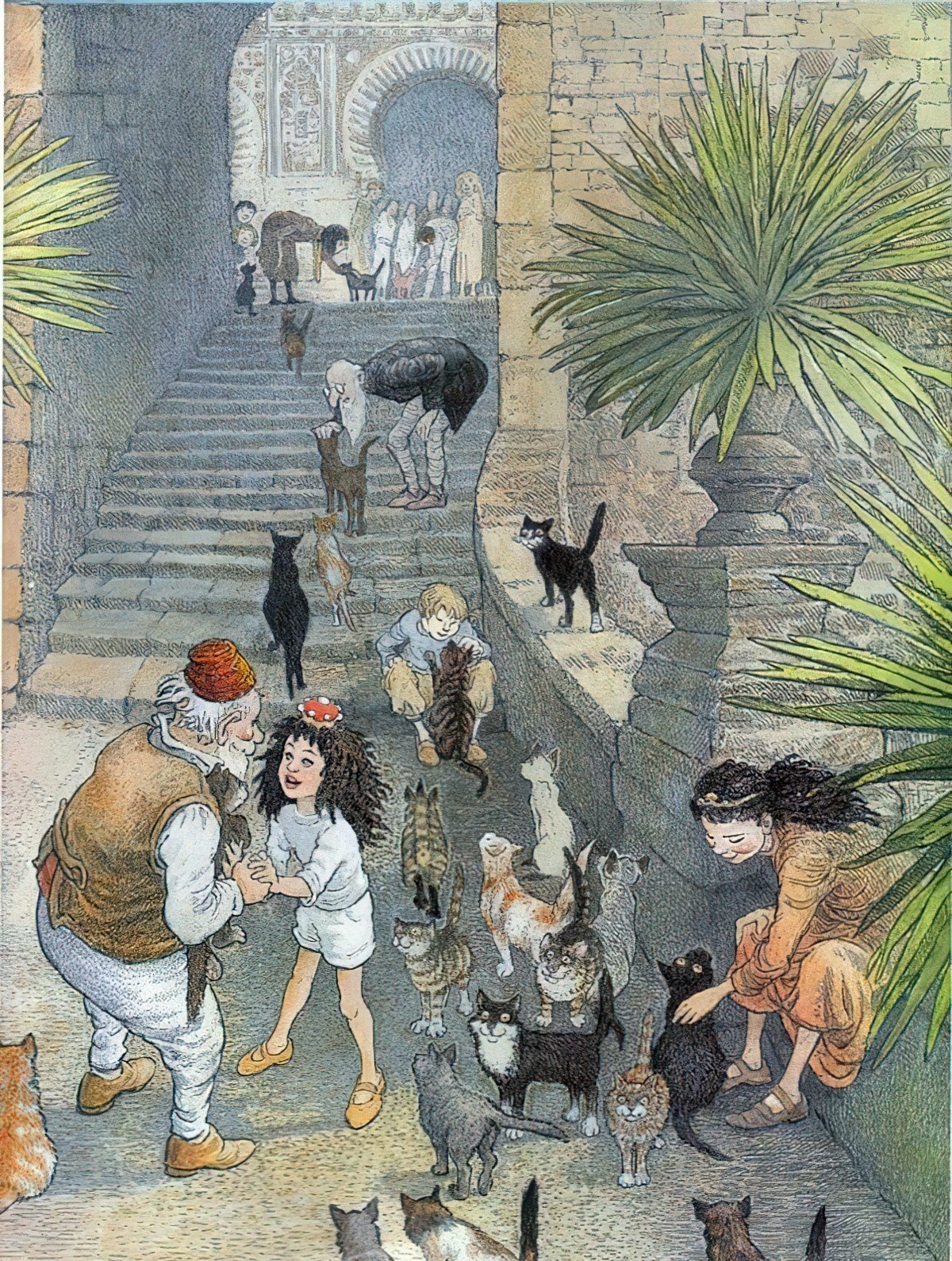
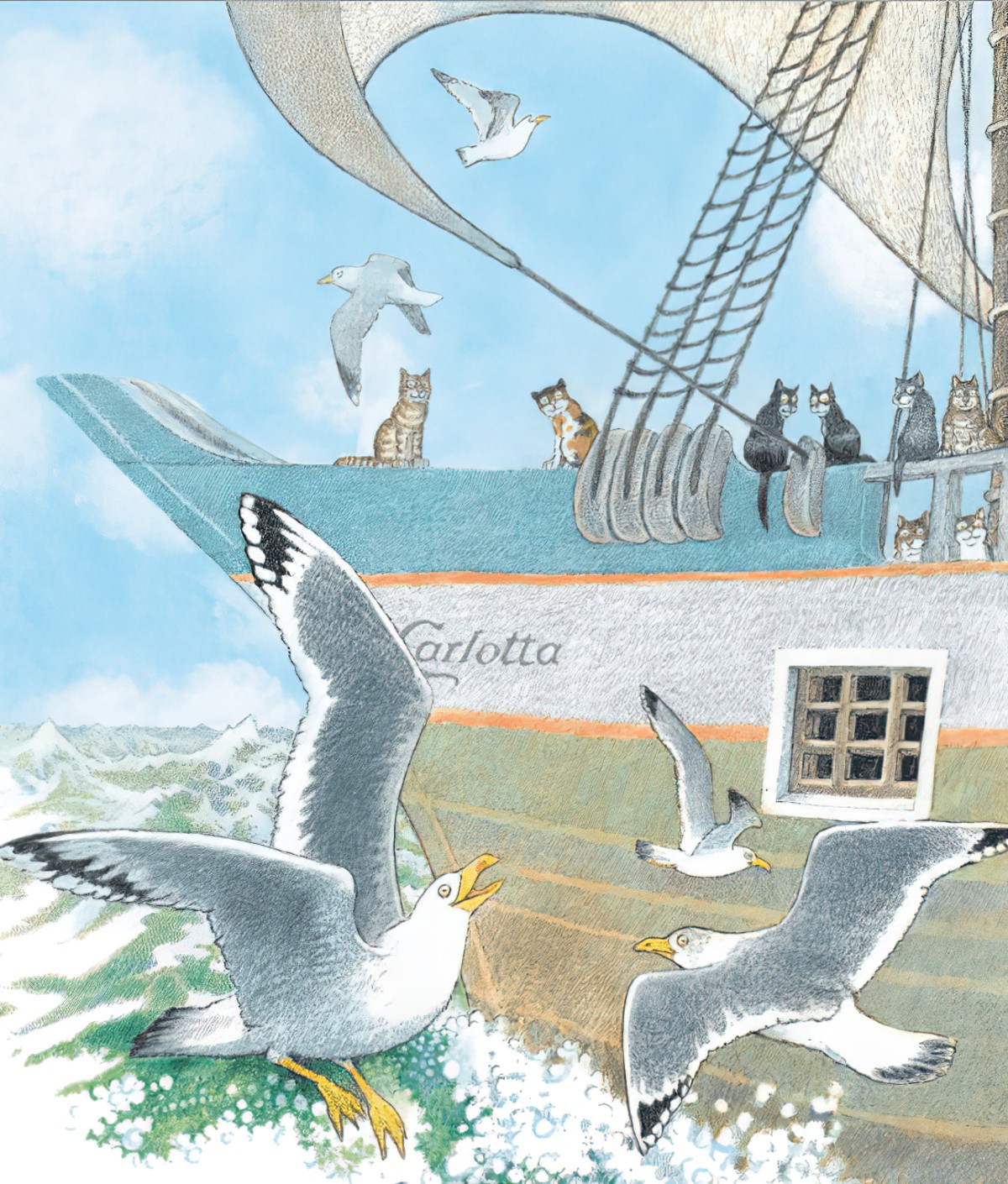
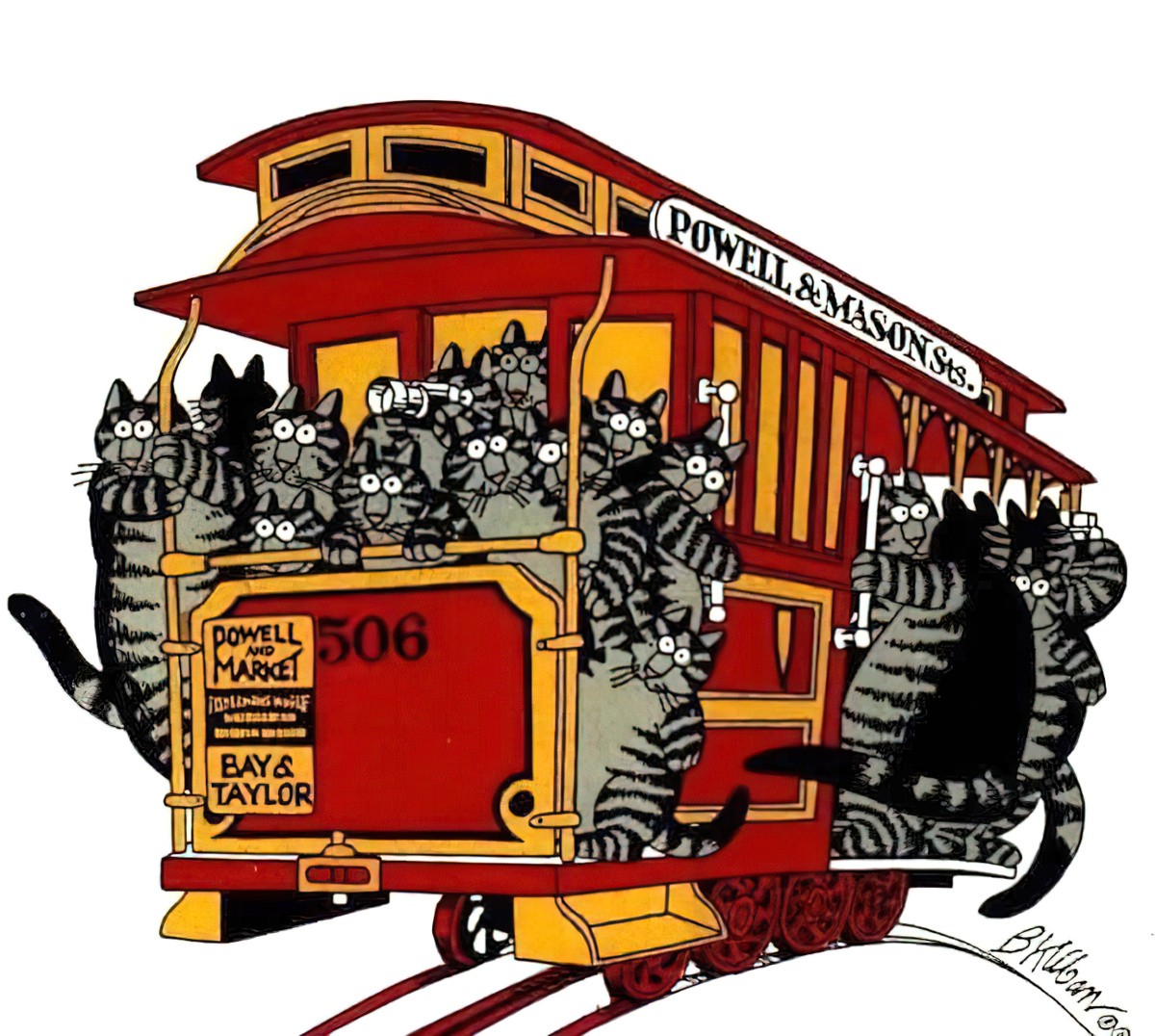


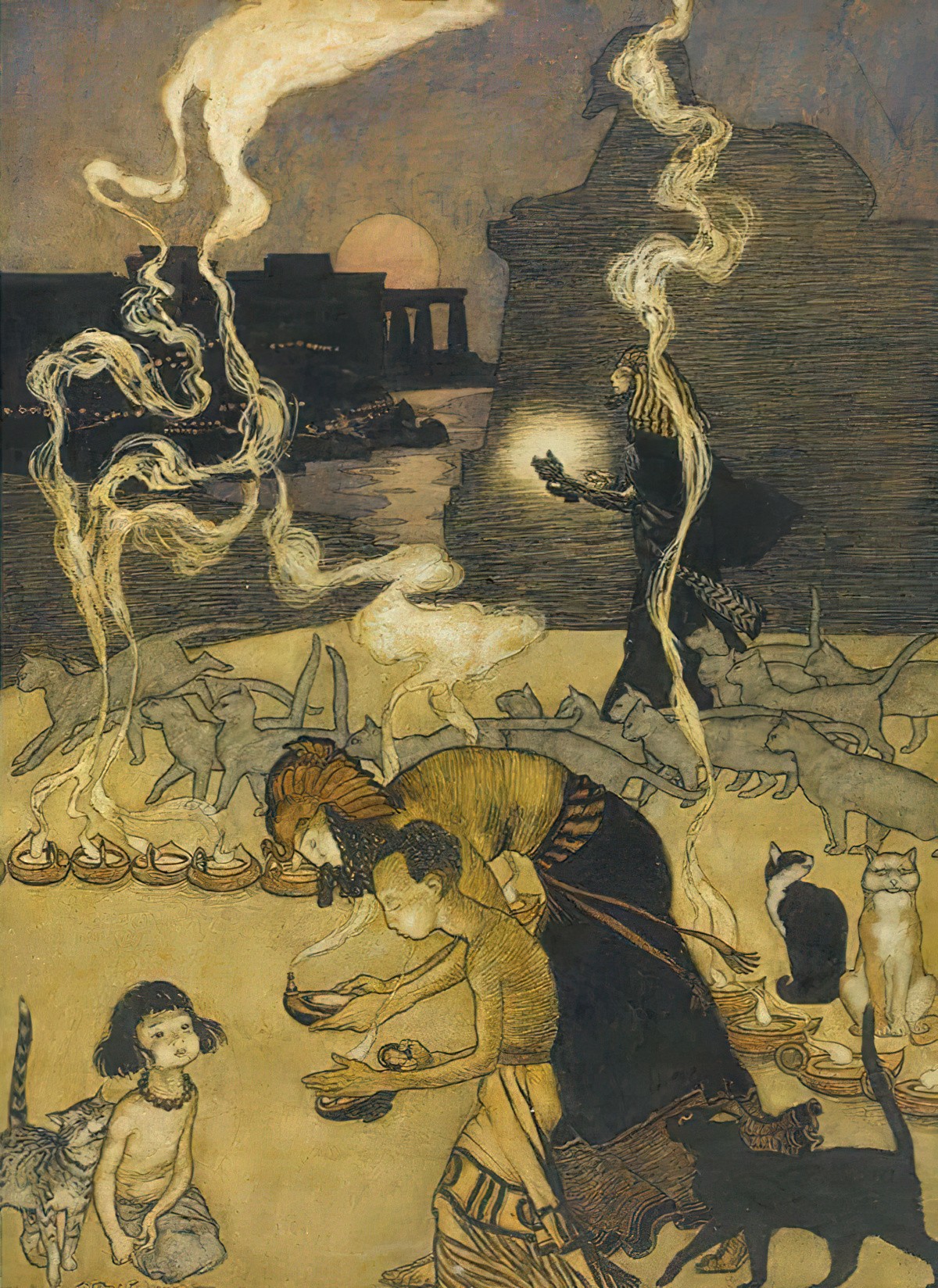
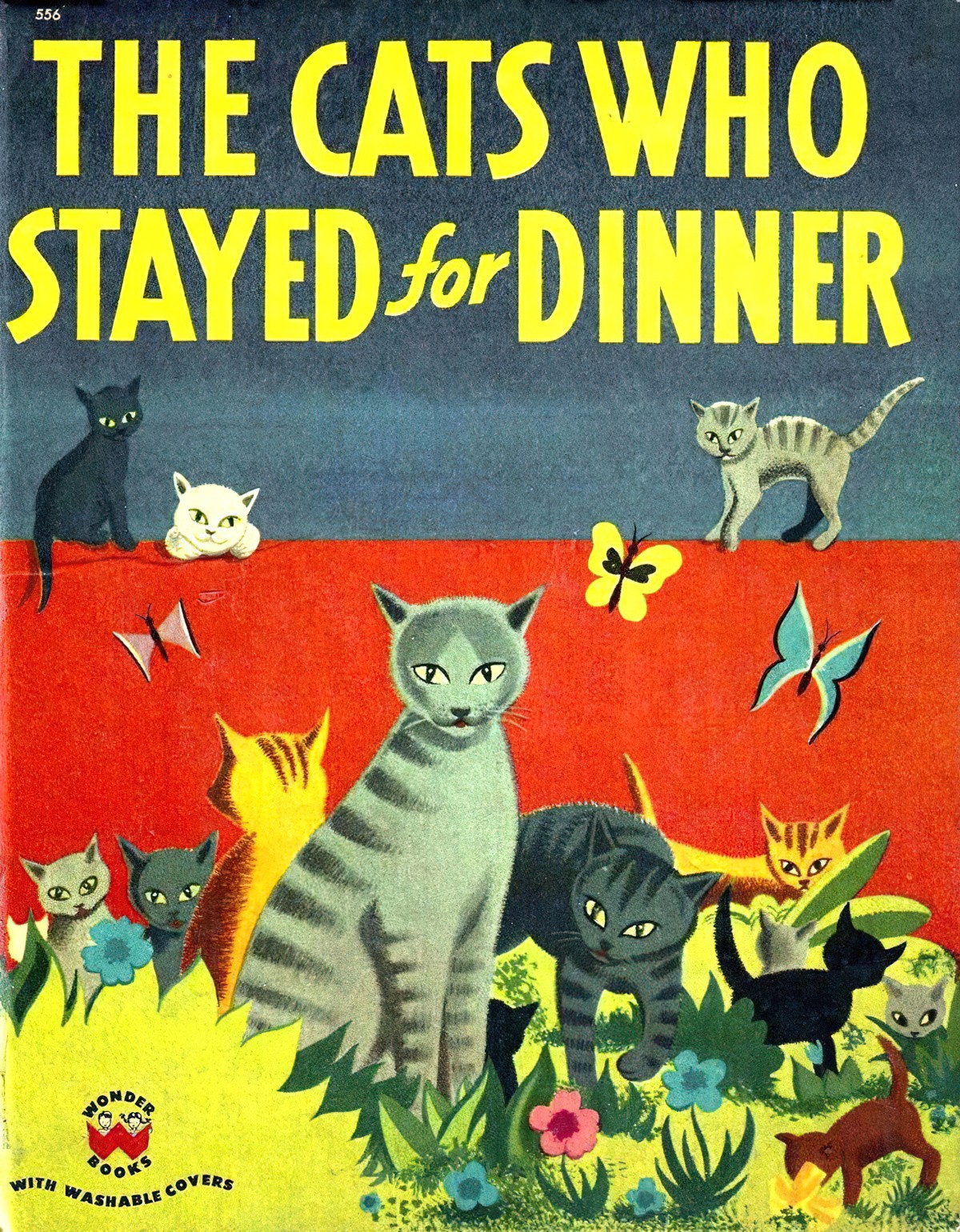
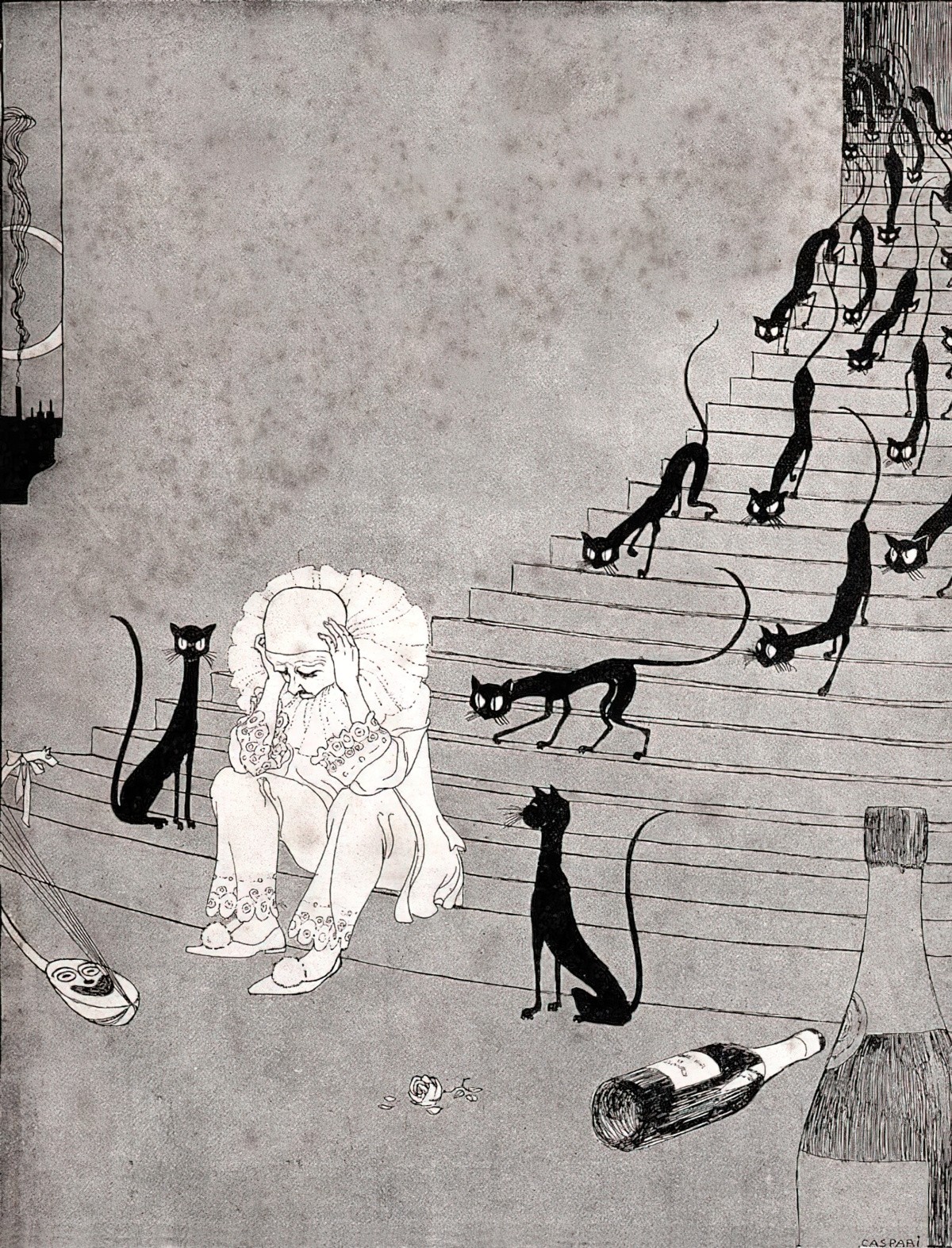
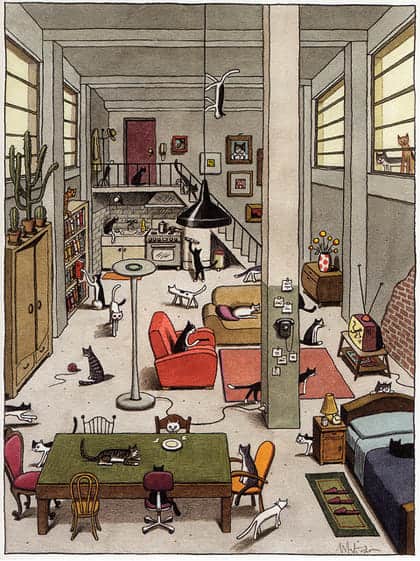
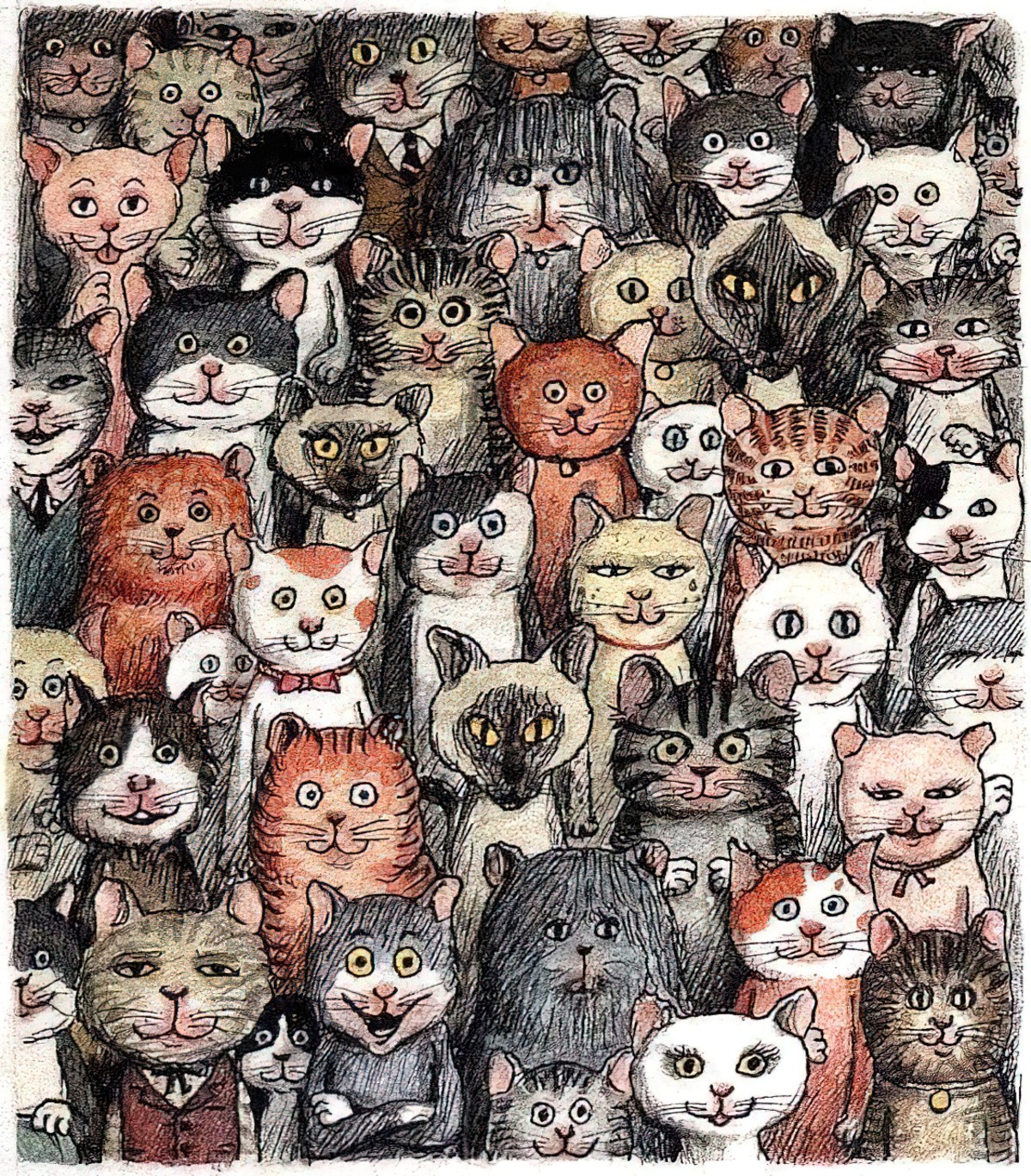
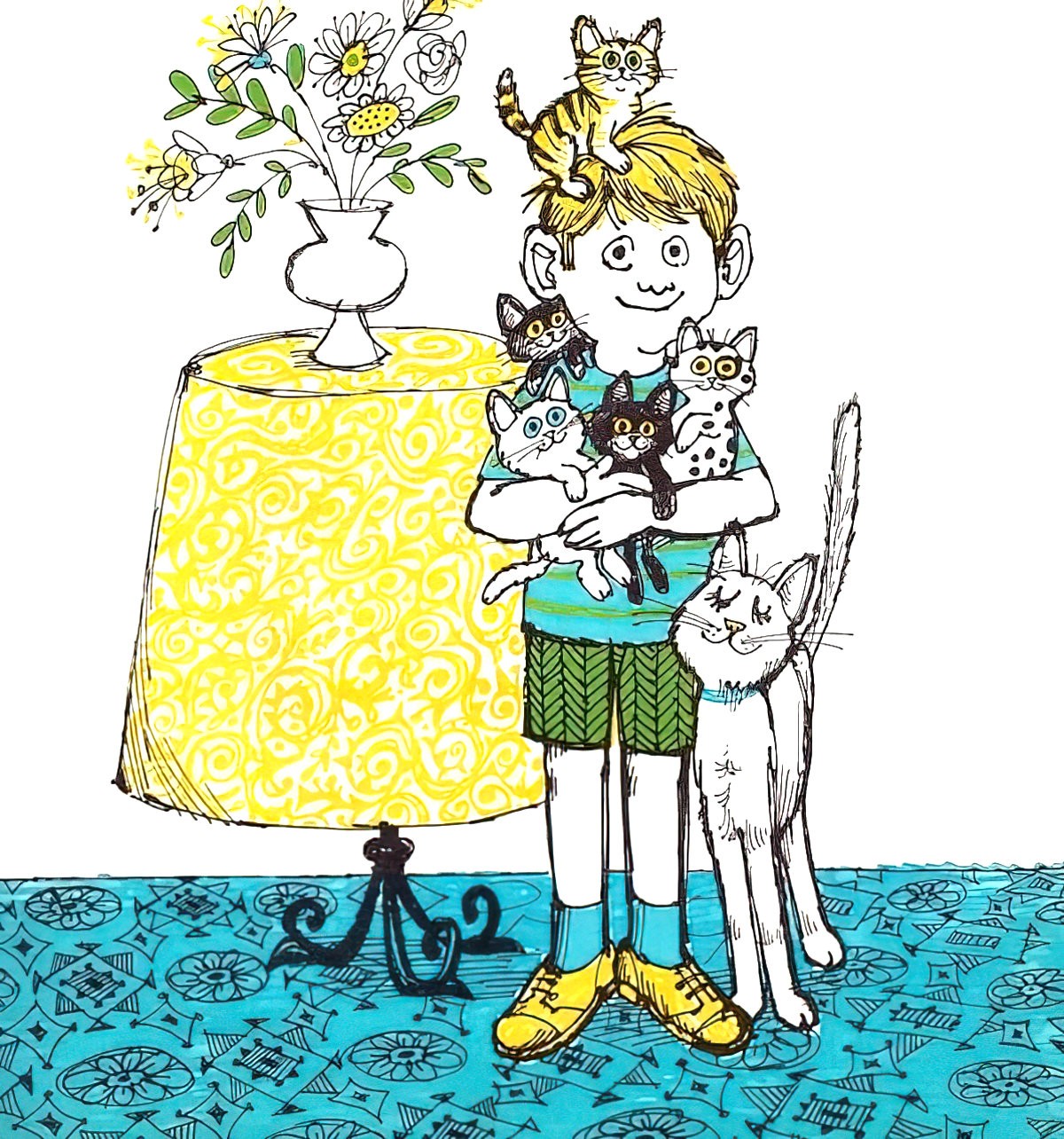
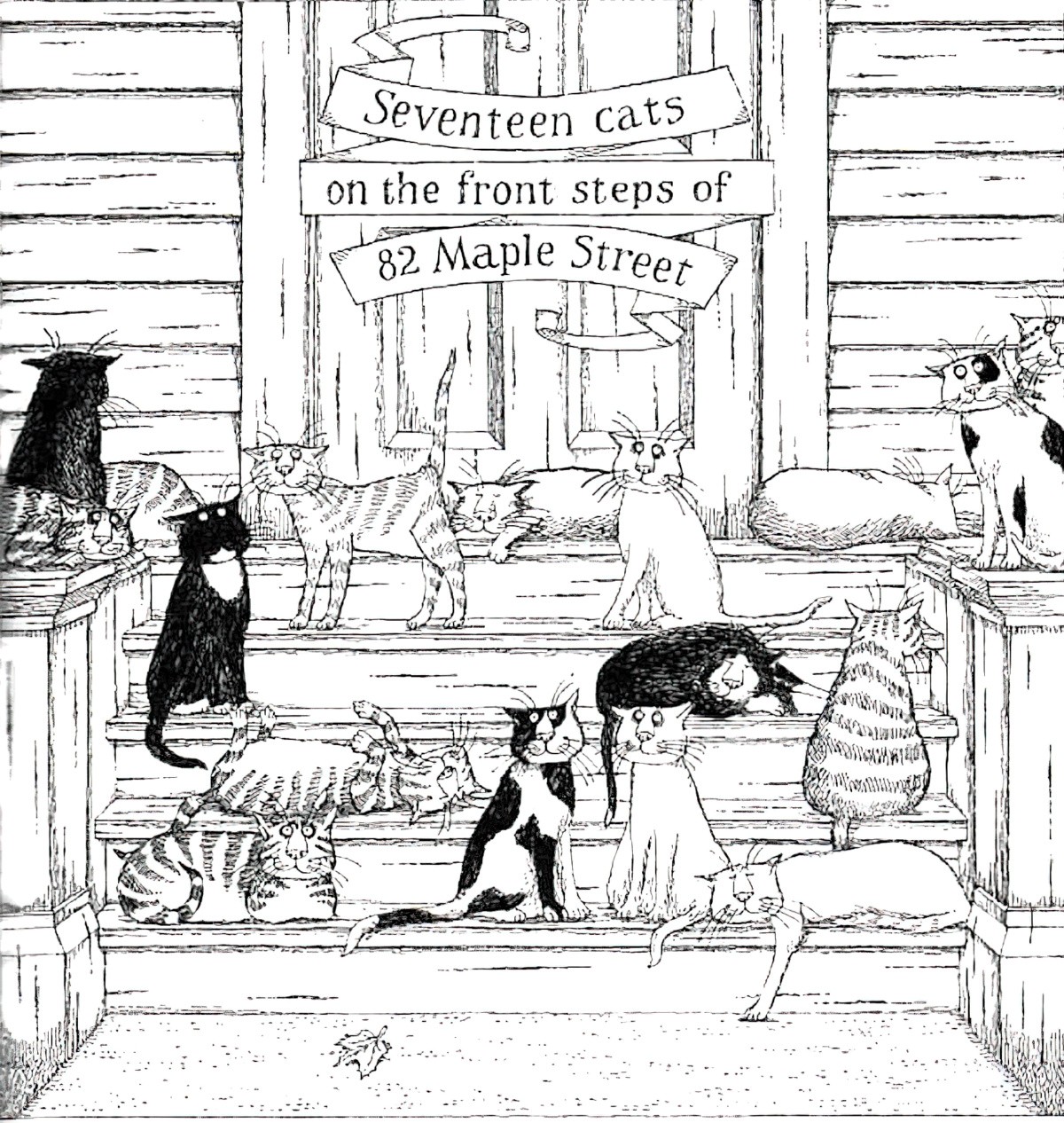
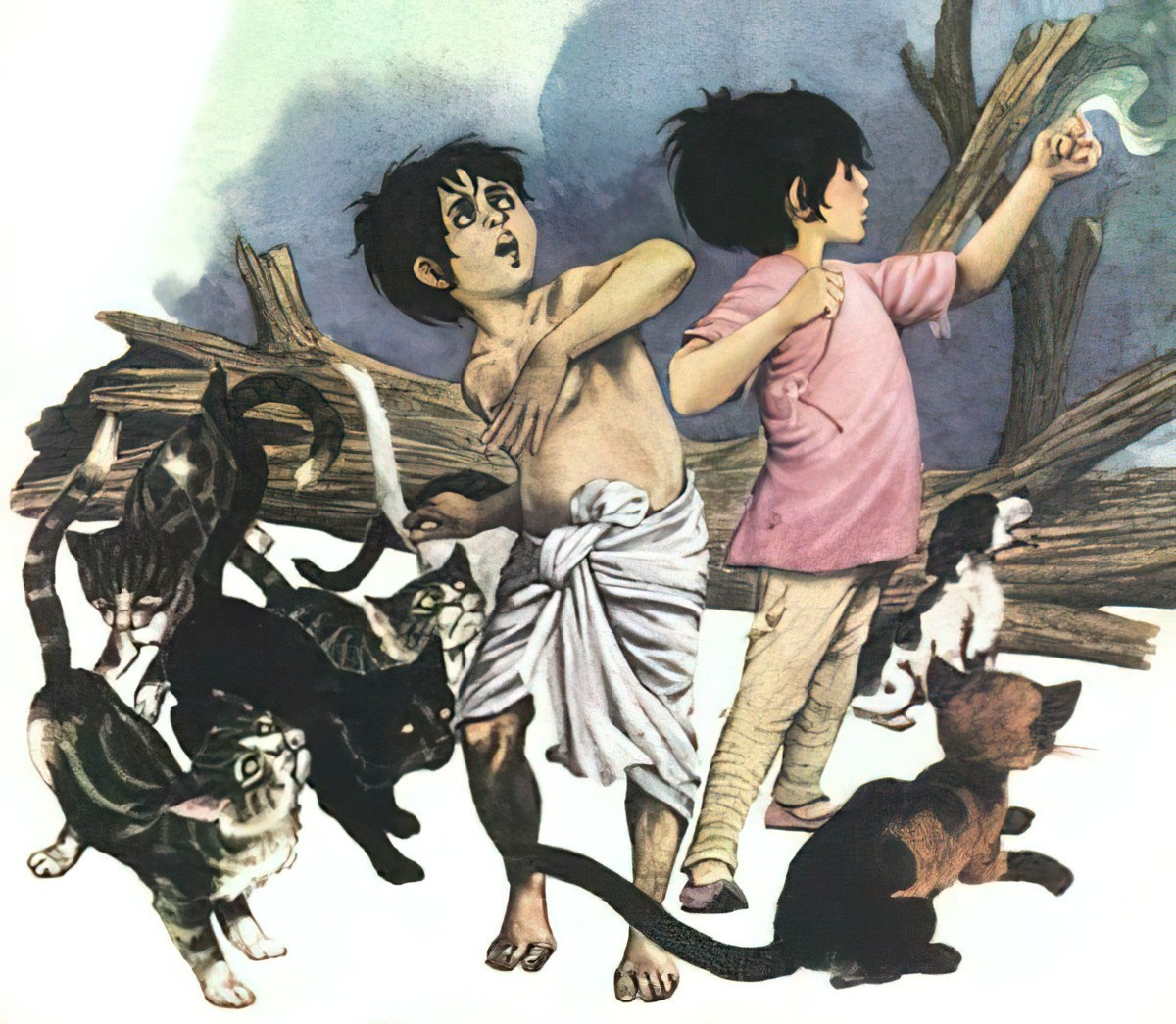
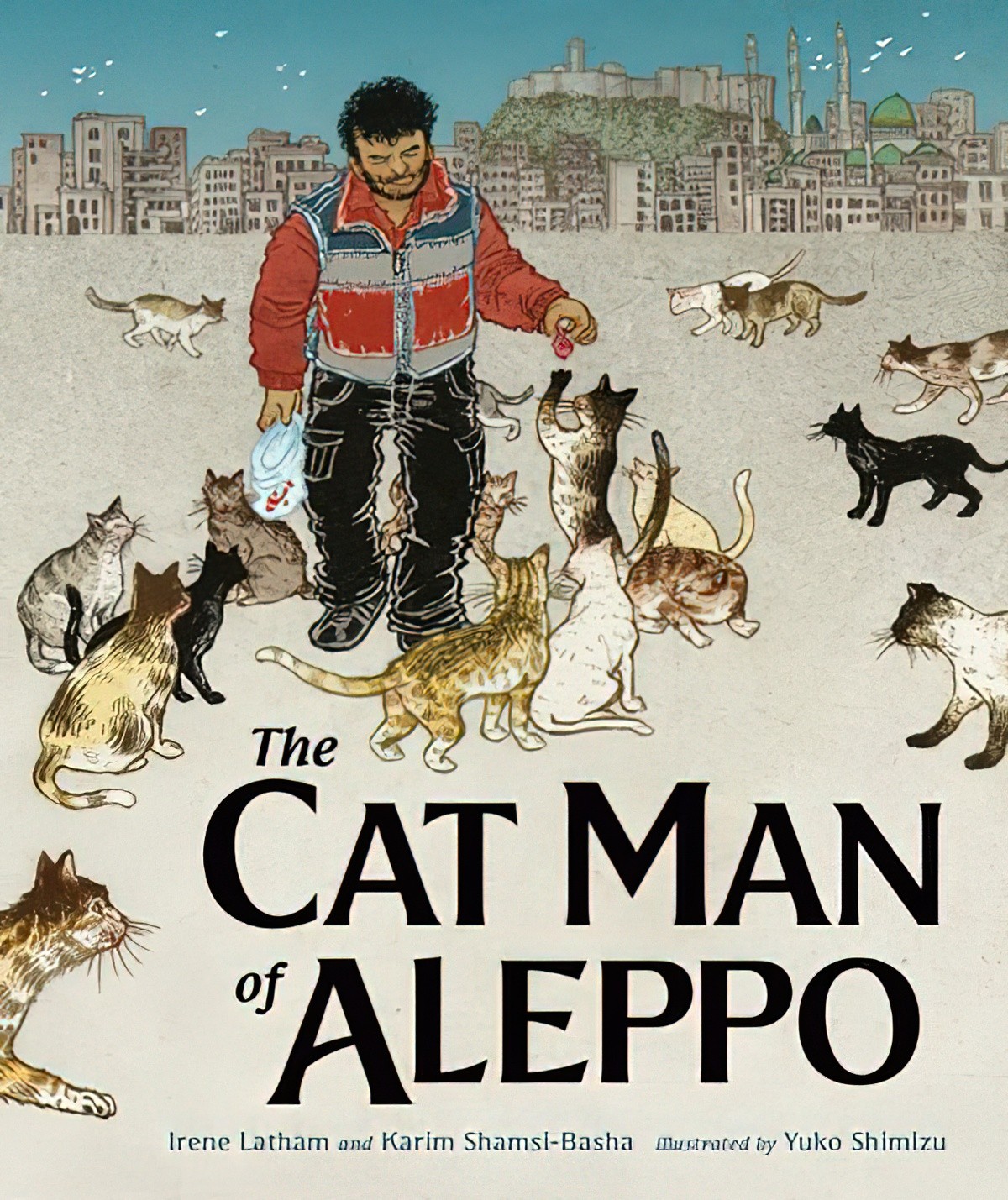
Alaa loves Aleppo, but when war comes his neighbors flee to safety, leaving their many pets behind. Alaa decides to stay–he can make a difference by driving an ambulance, carrying the sick and wounded to safety. One day he hears hungry cats calling out to him on his way home. They are lonely and scared, just like him. He feeds and pets them to let them know they are loved. The next day more cats come, and then even more! There are too many for Alaa to take care of on his own. Alaa has a big heart, but he will need help from others if he wants to keep all of his new friends safe.
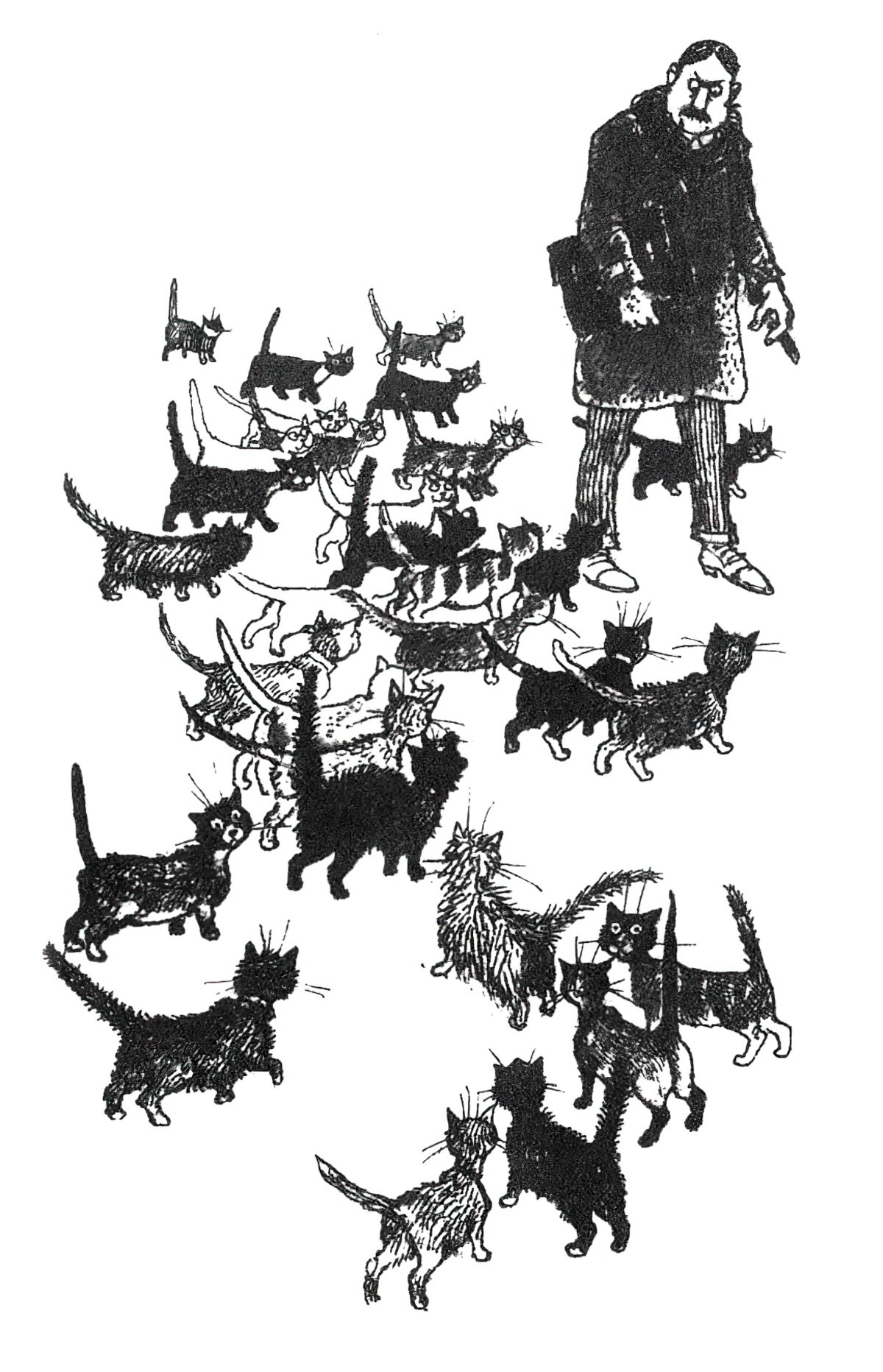
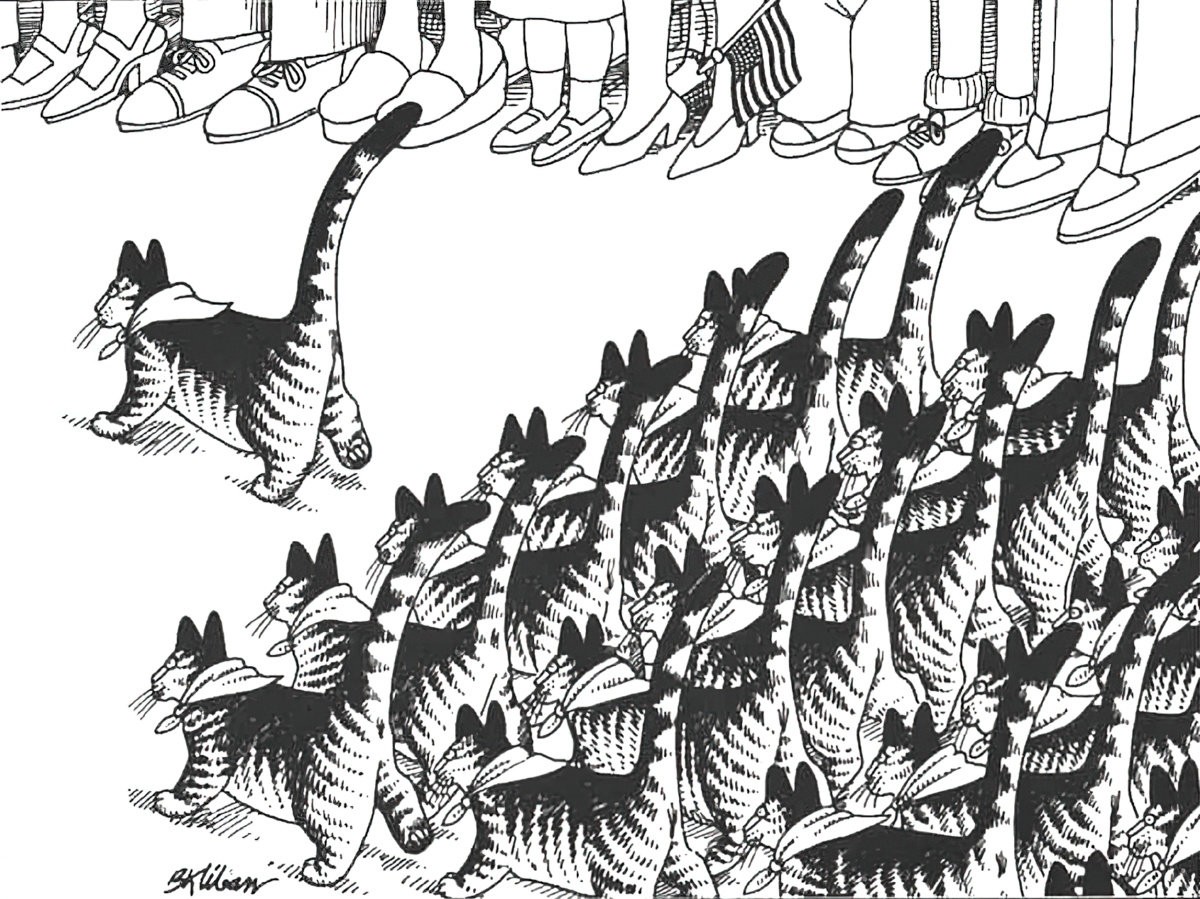
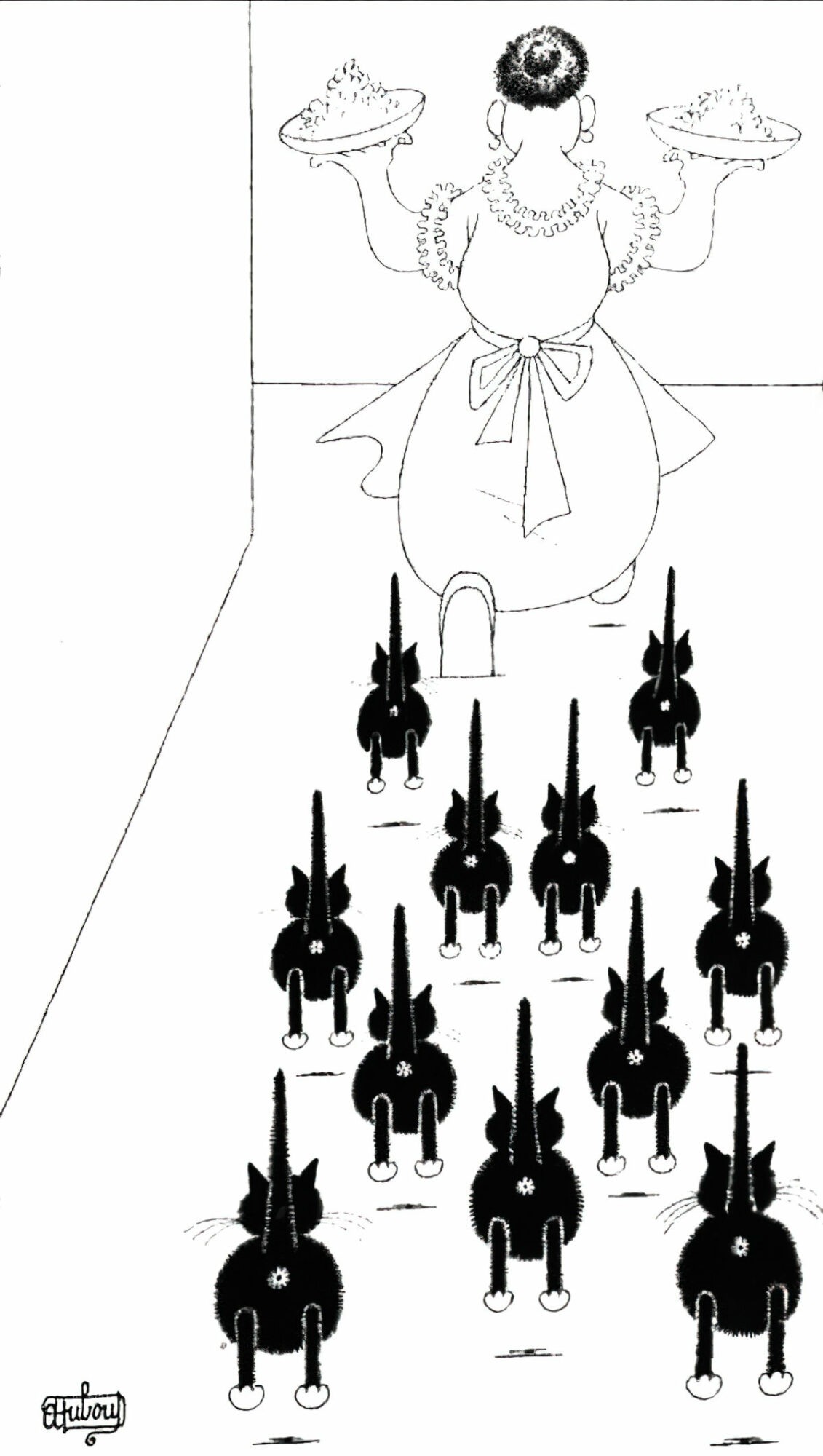
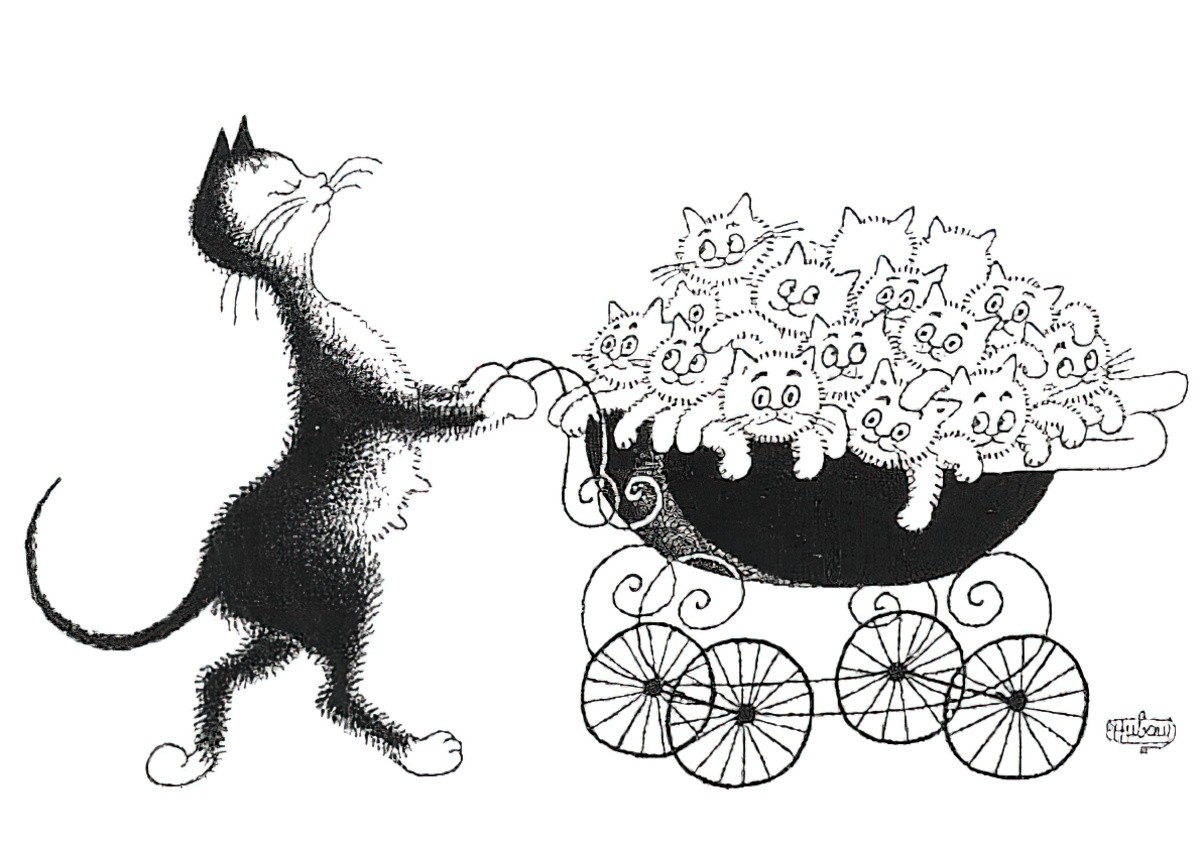
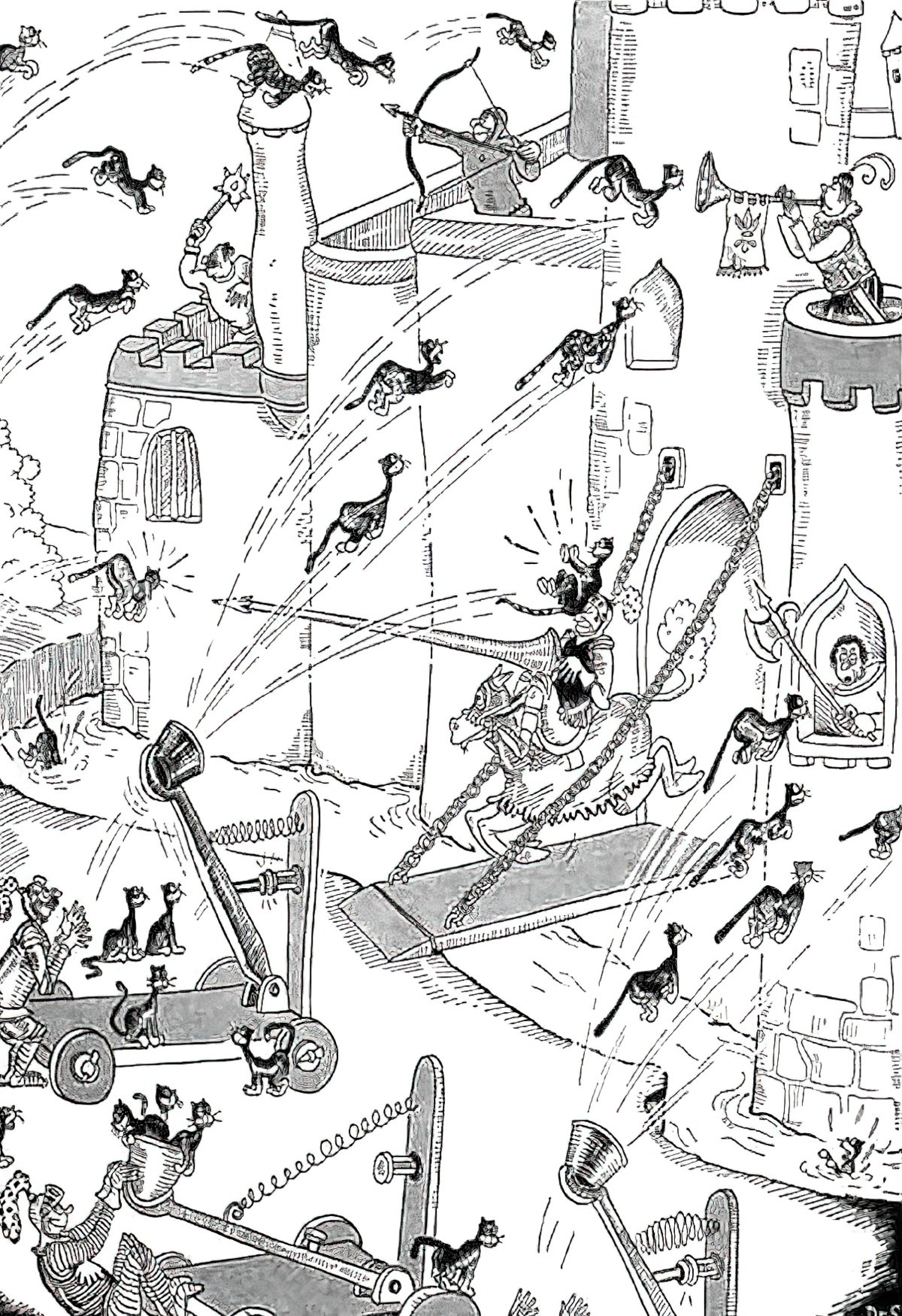
If you’re telling a story, especially for children, consider ways in which you might make use of excess and visual hyperbole as gags.
Even when storytelling for adults, writers will often tell you, amp everything up a little. This isn’t just to make things more obvious to an audience. It’s to make things more resonant.
